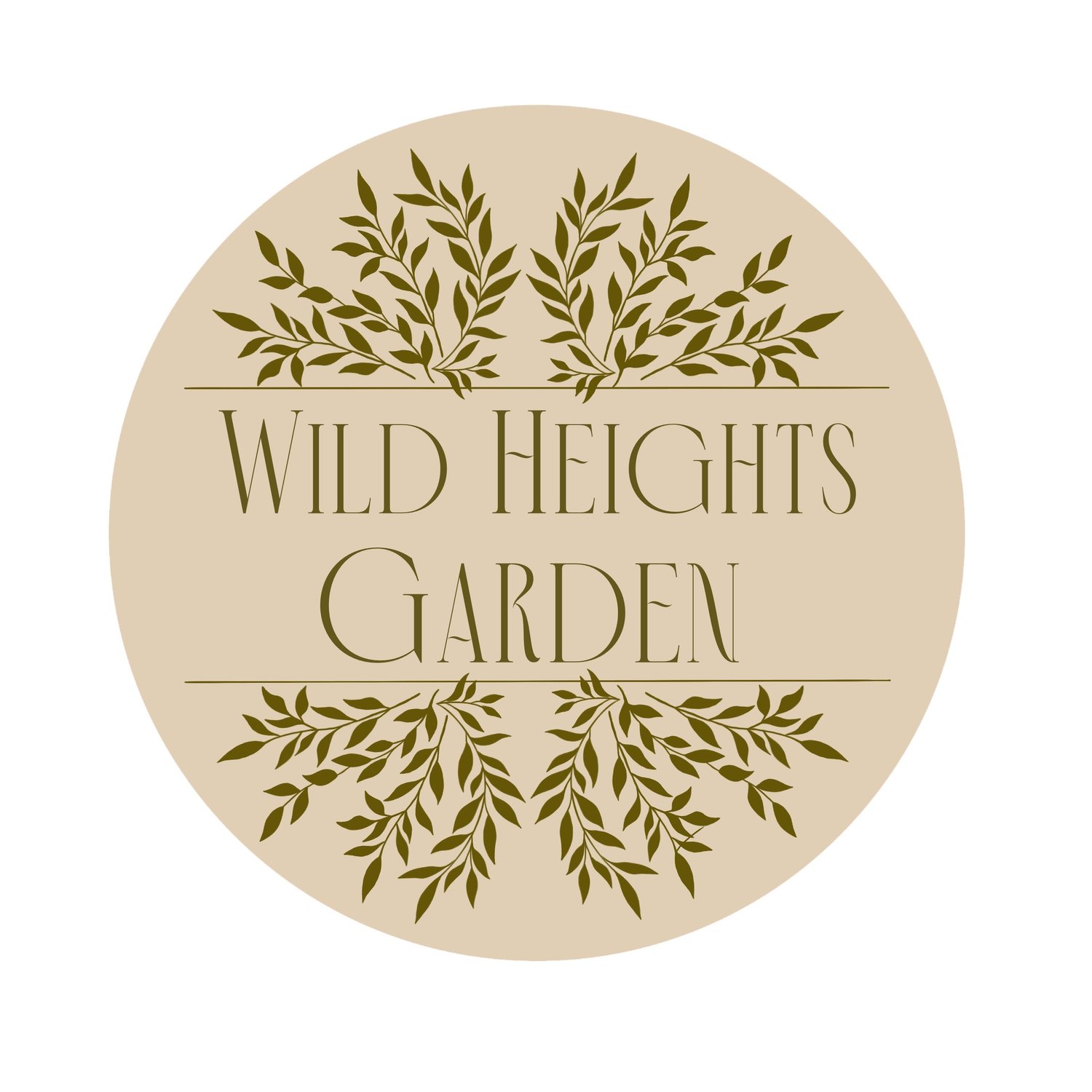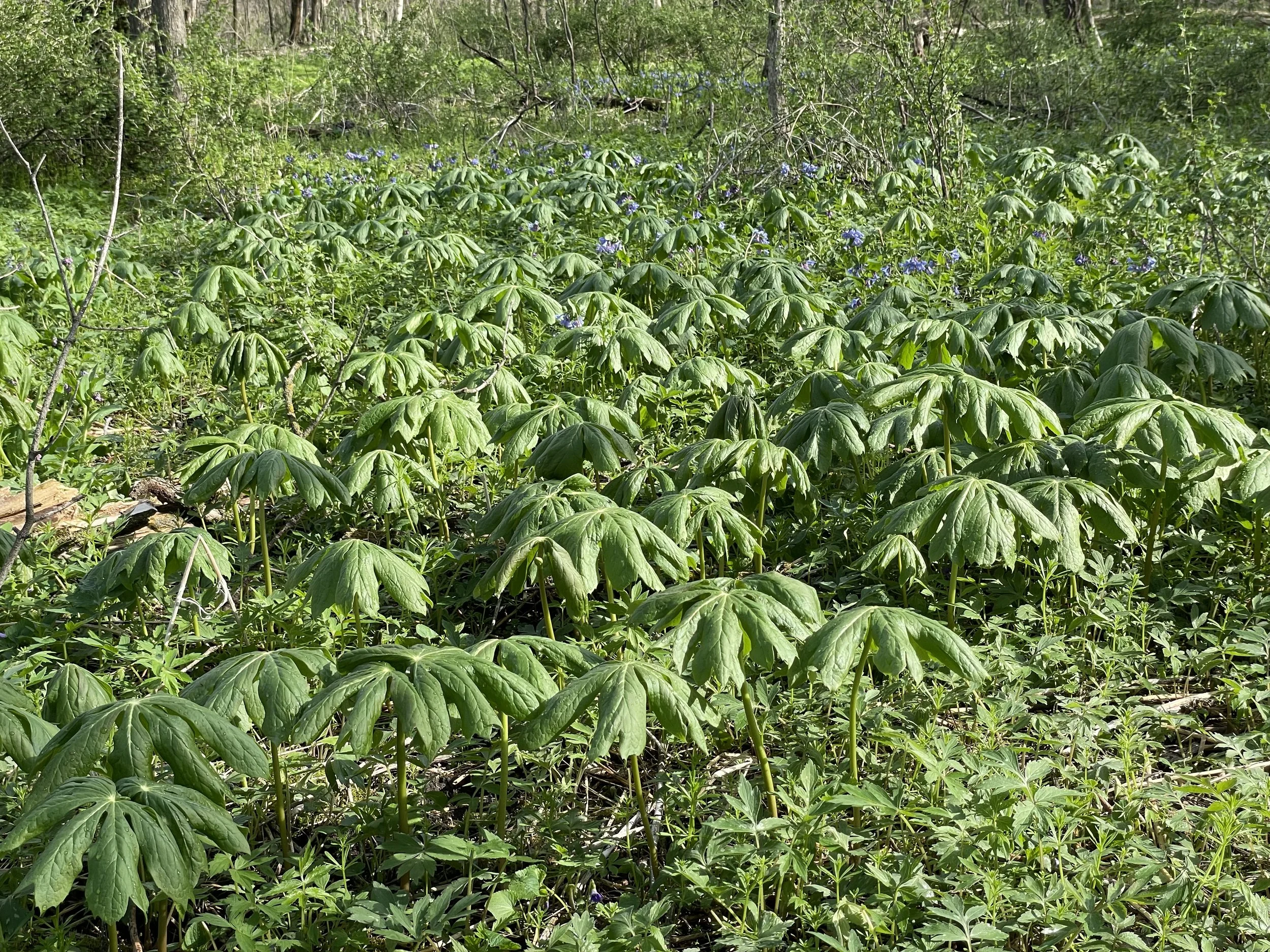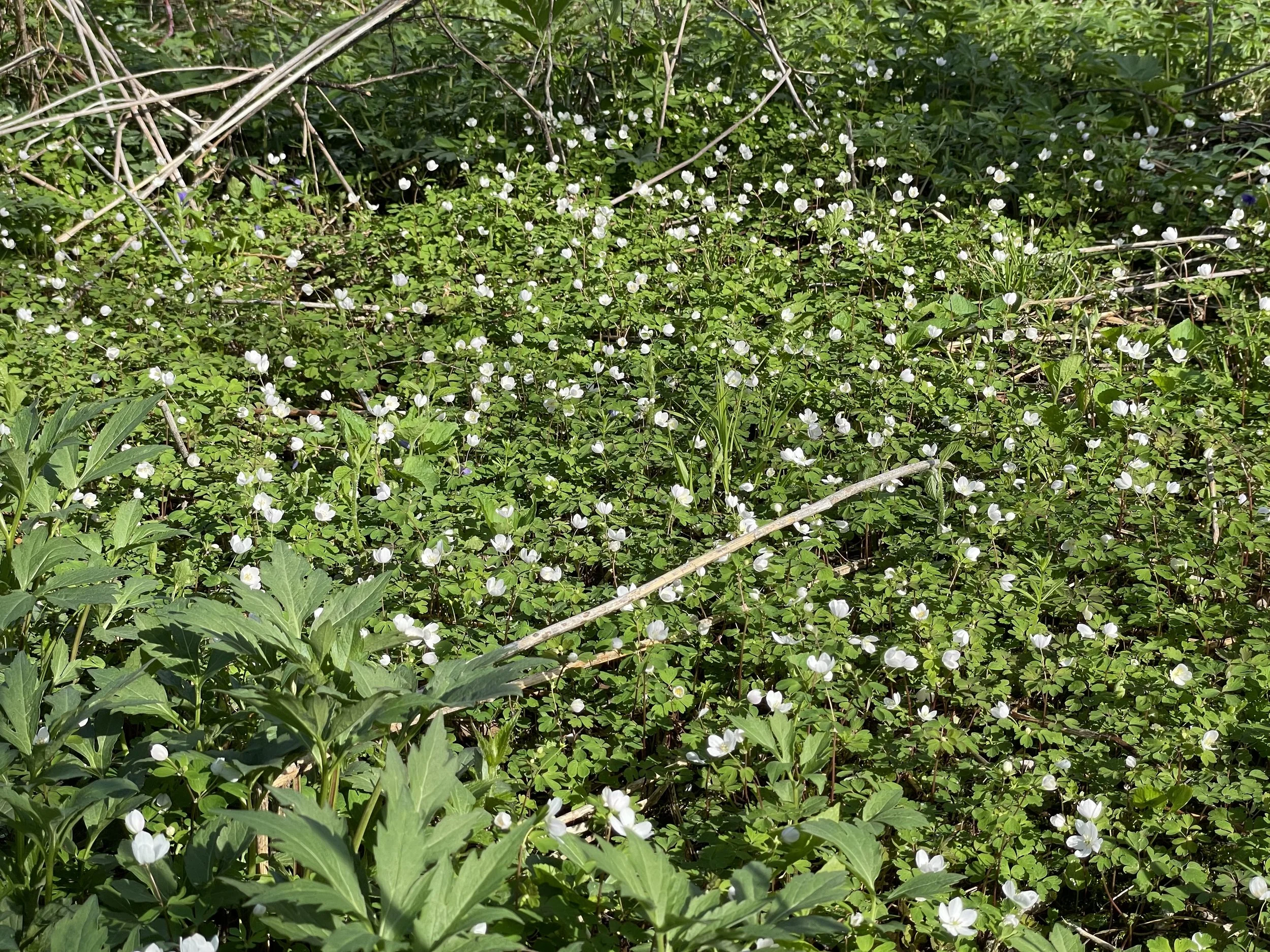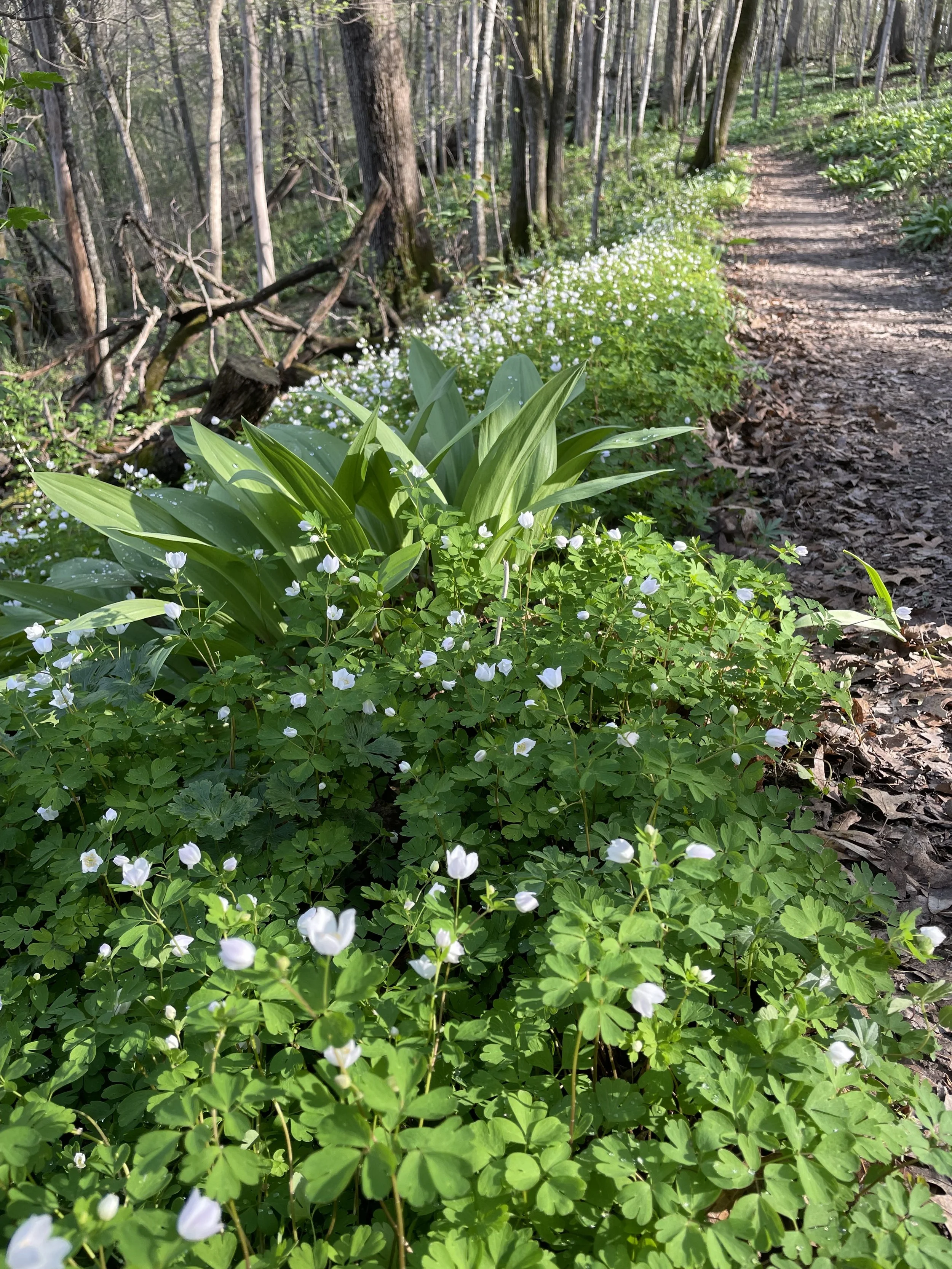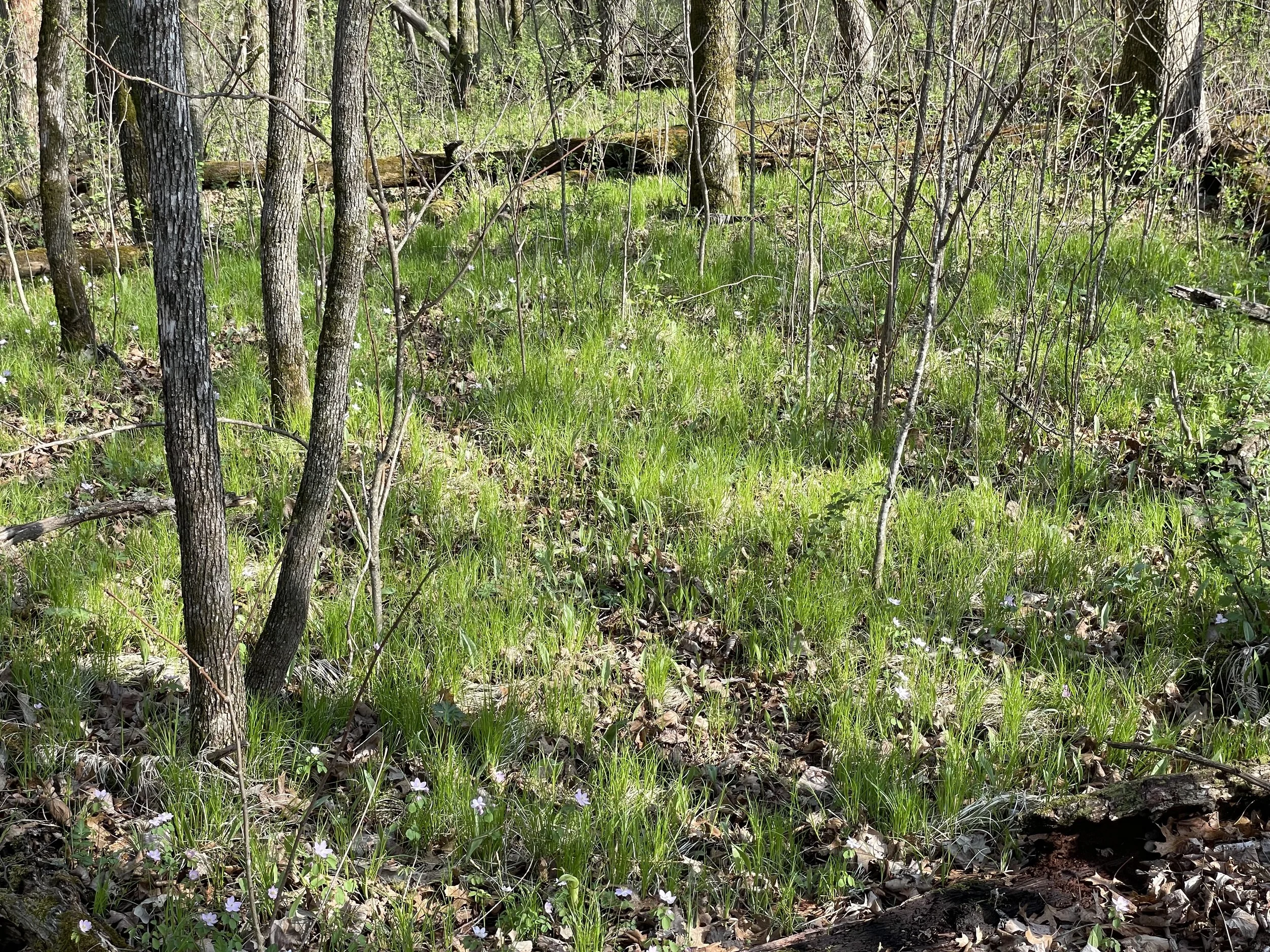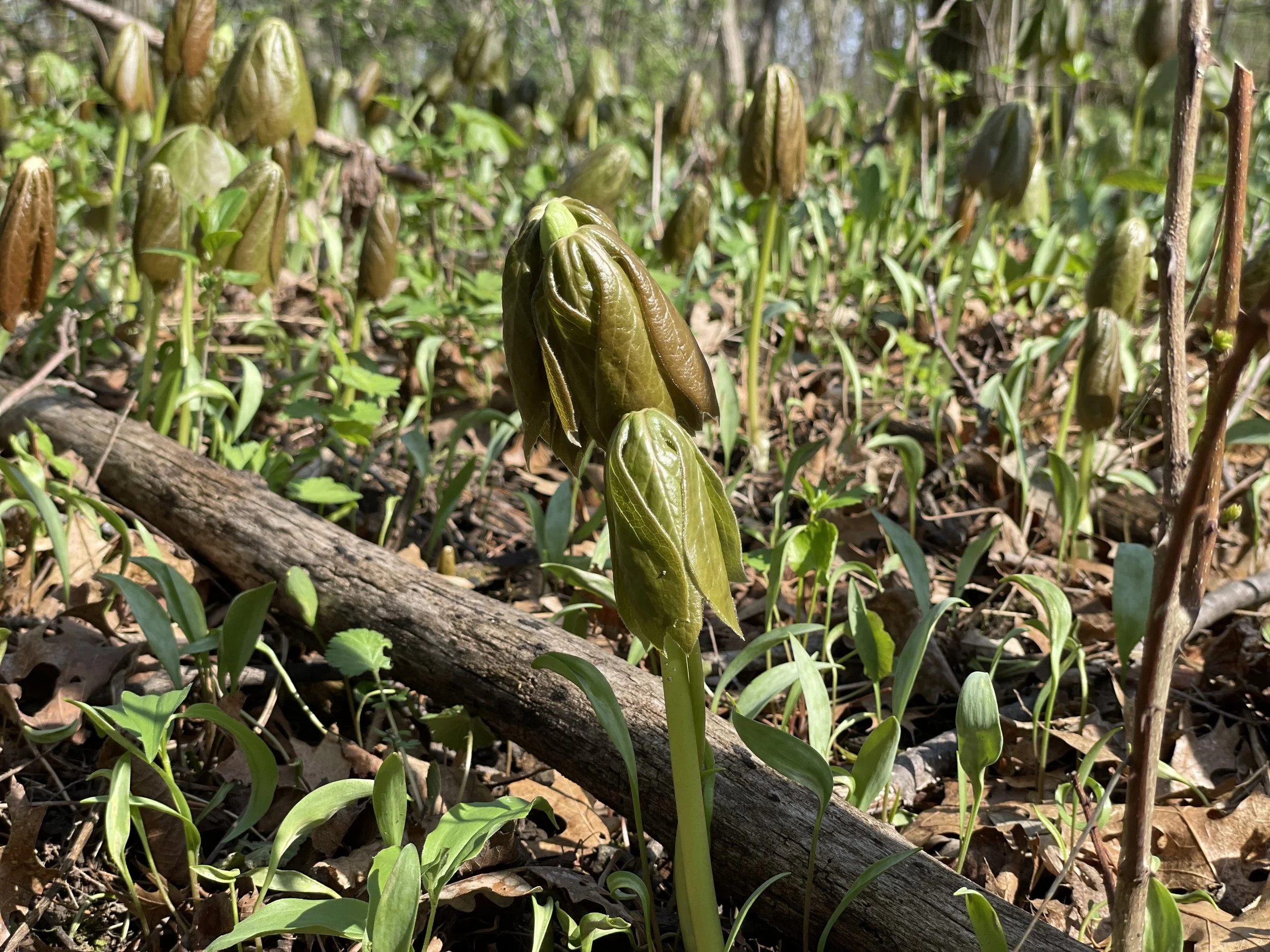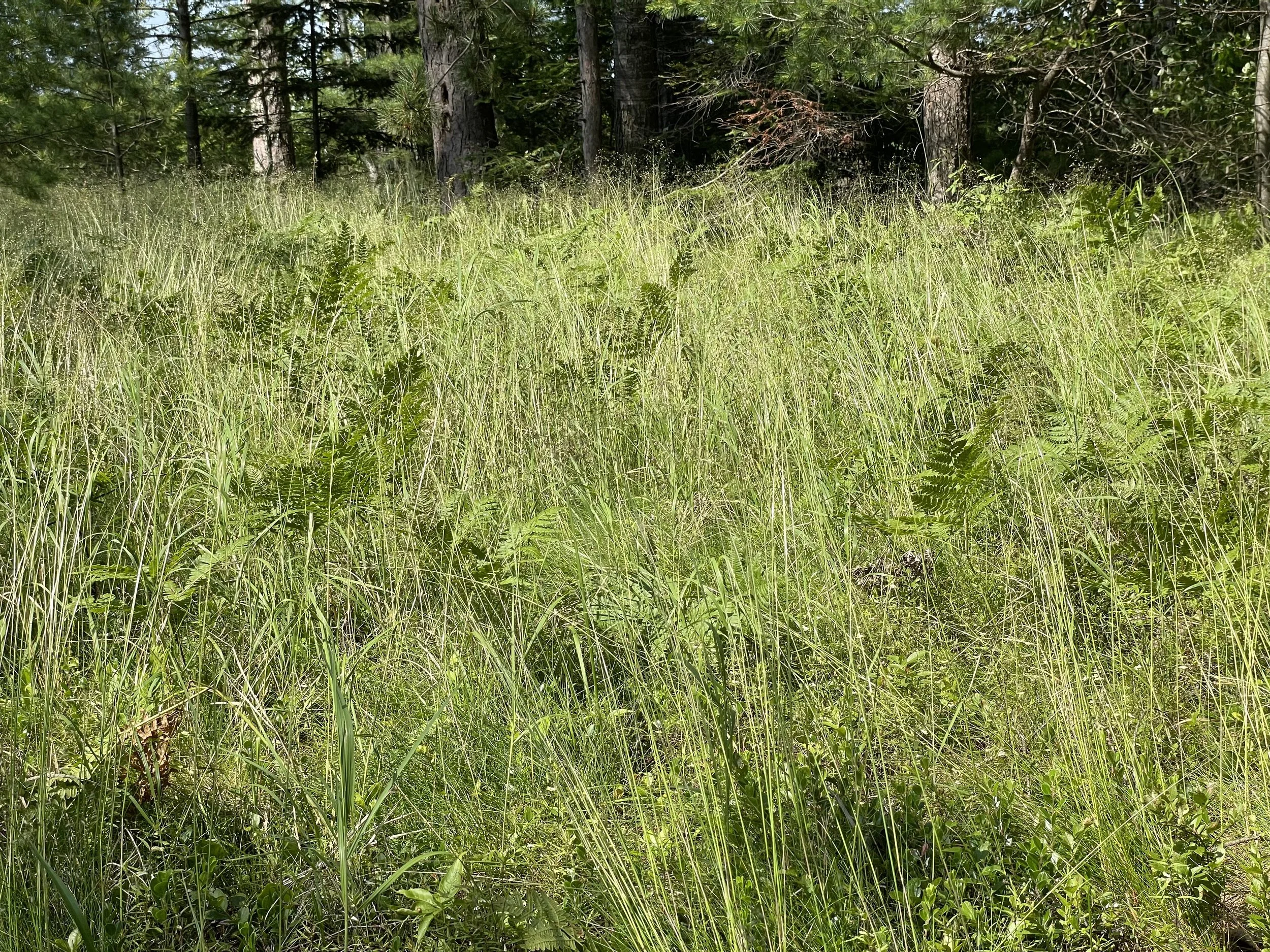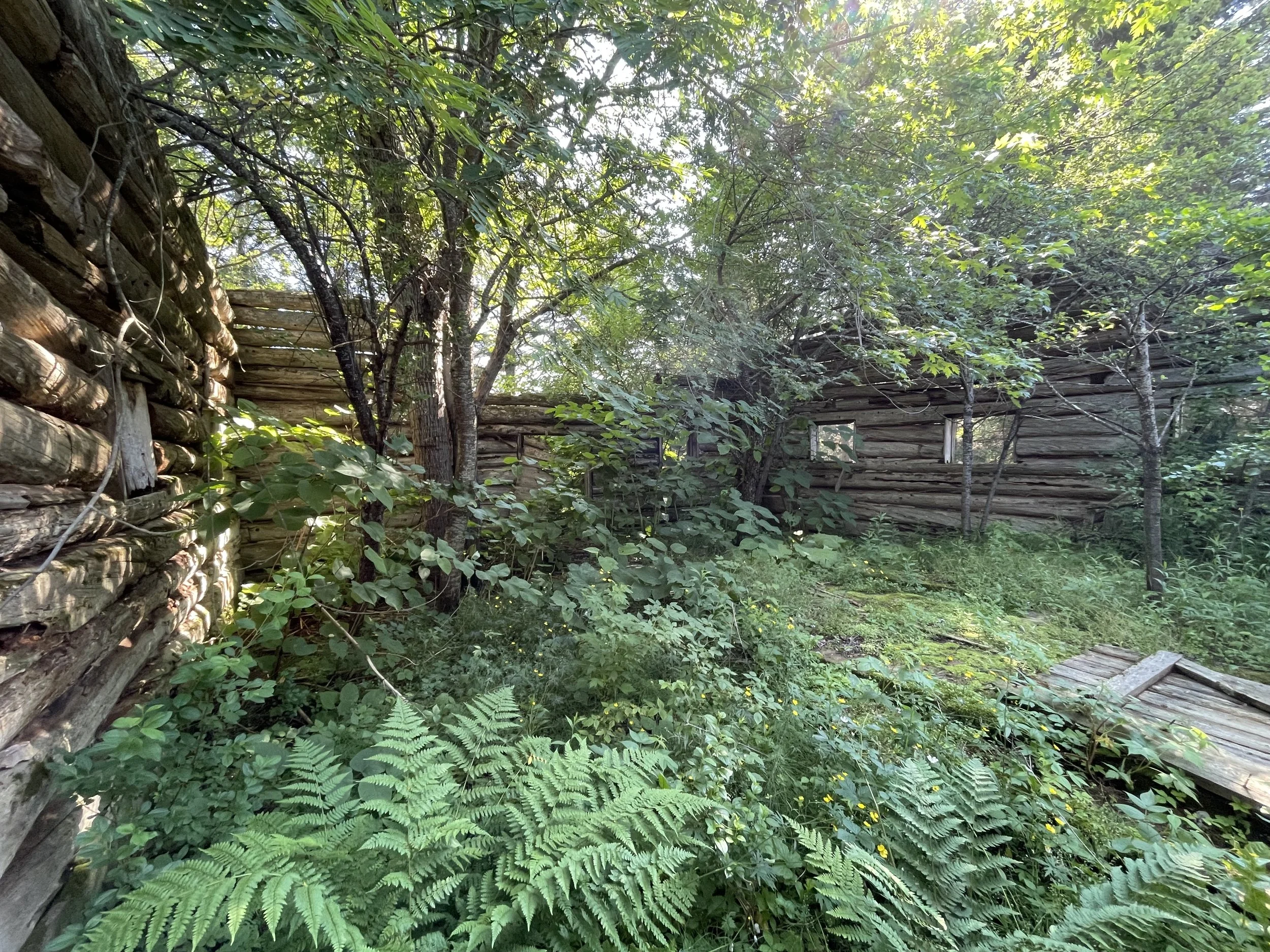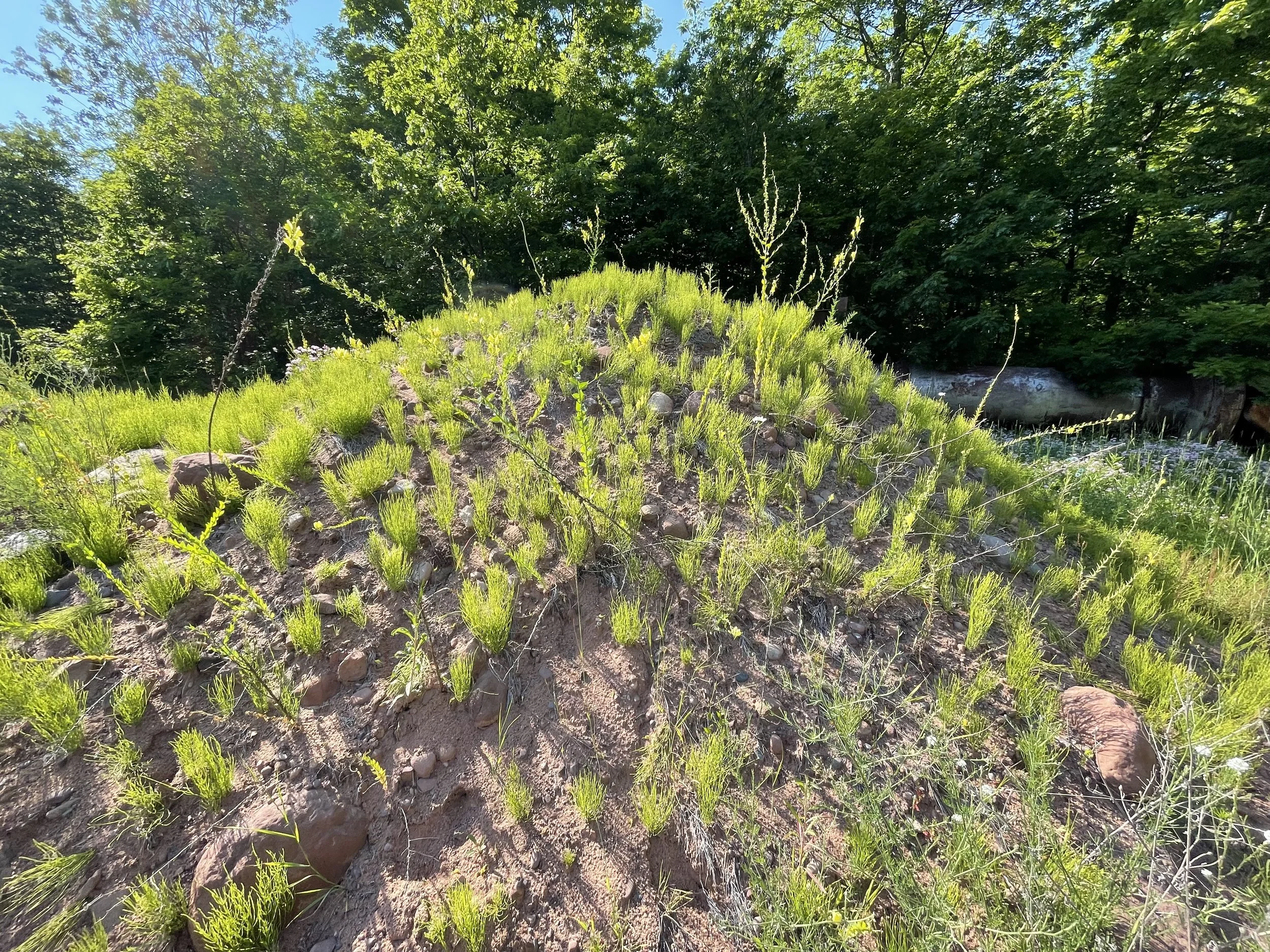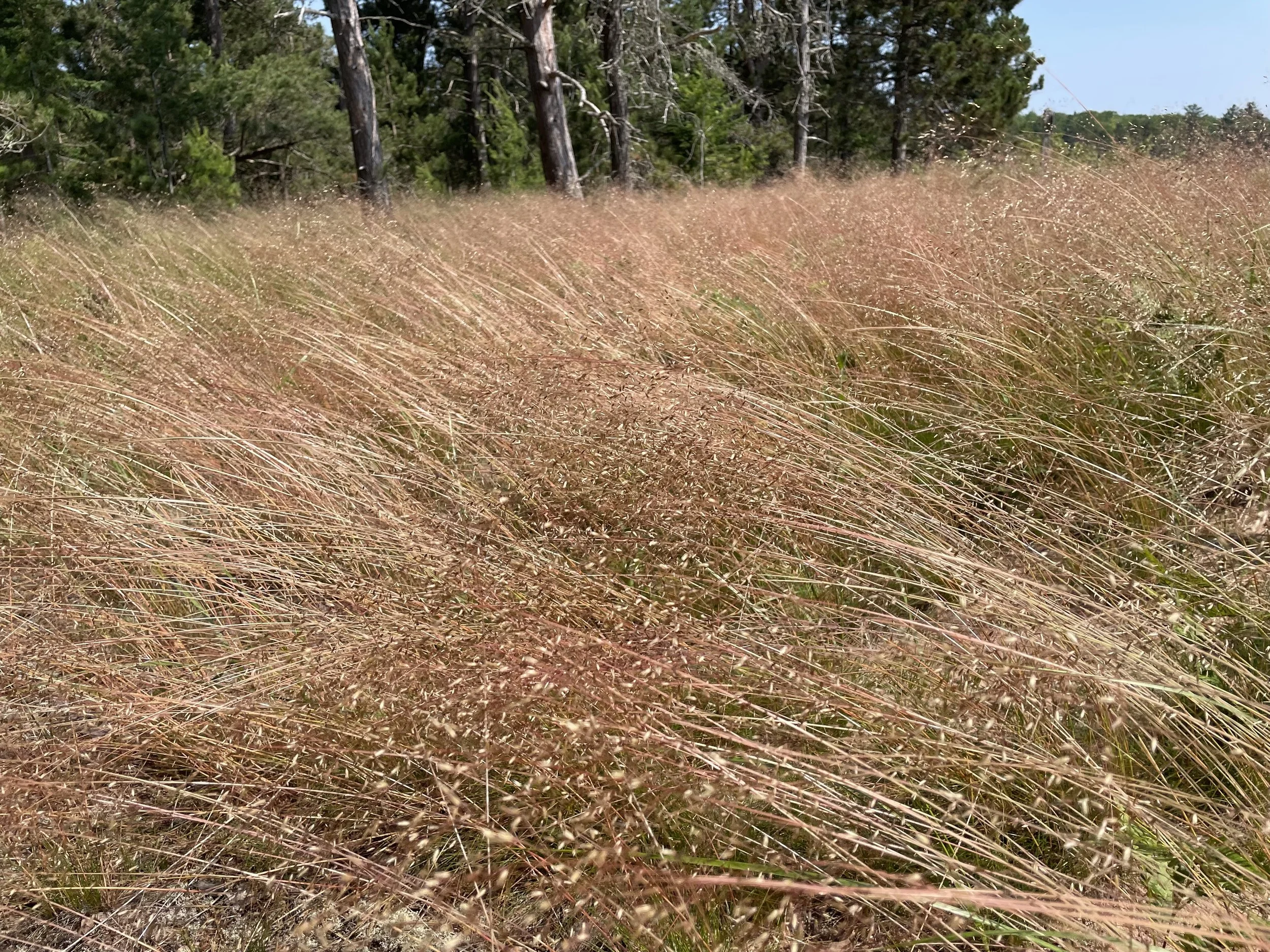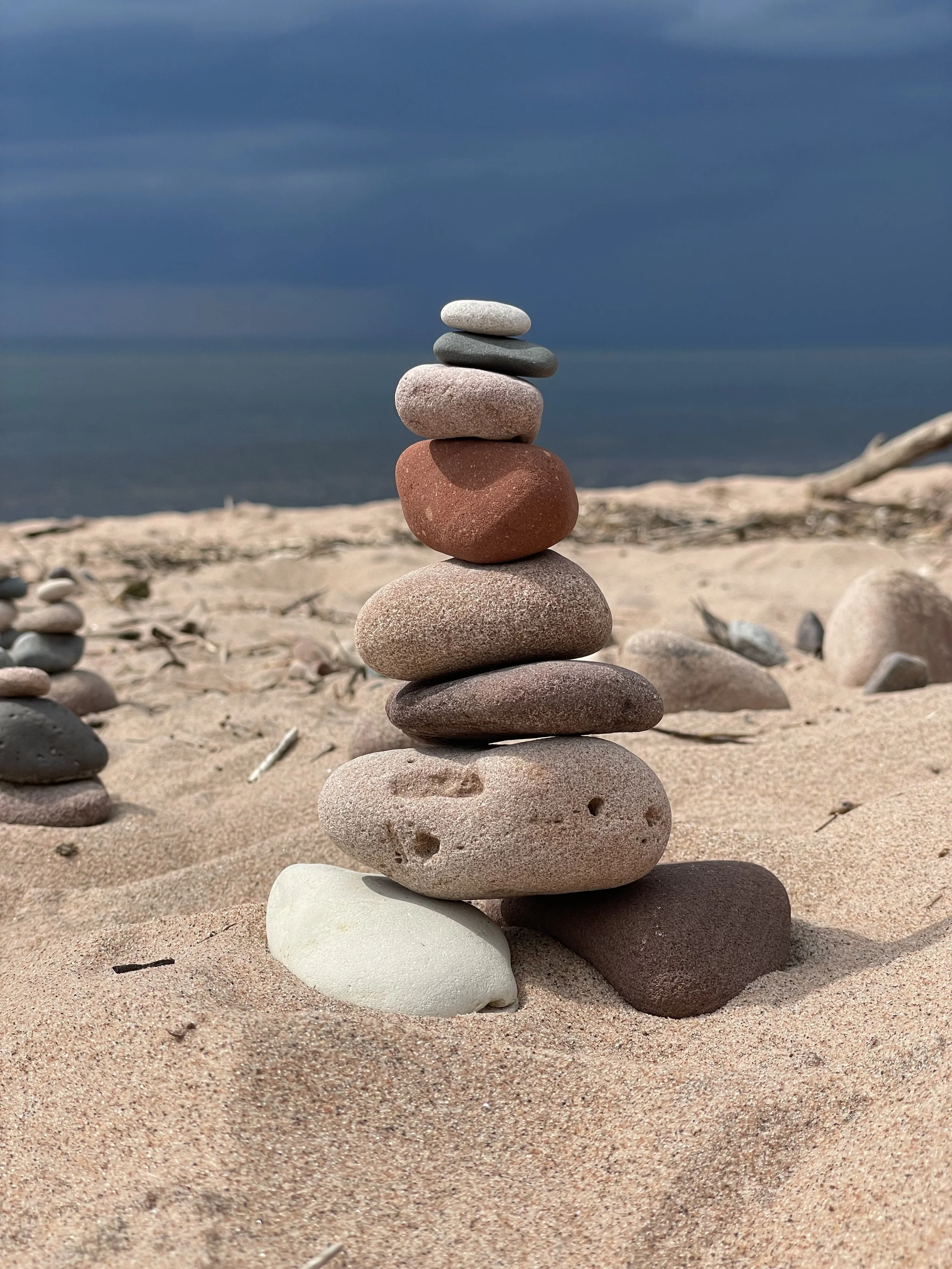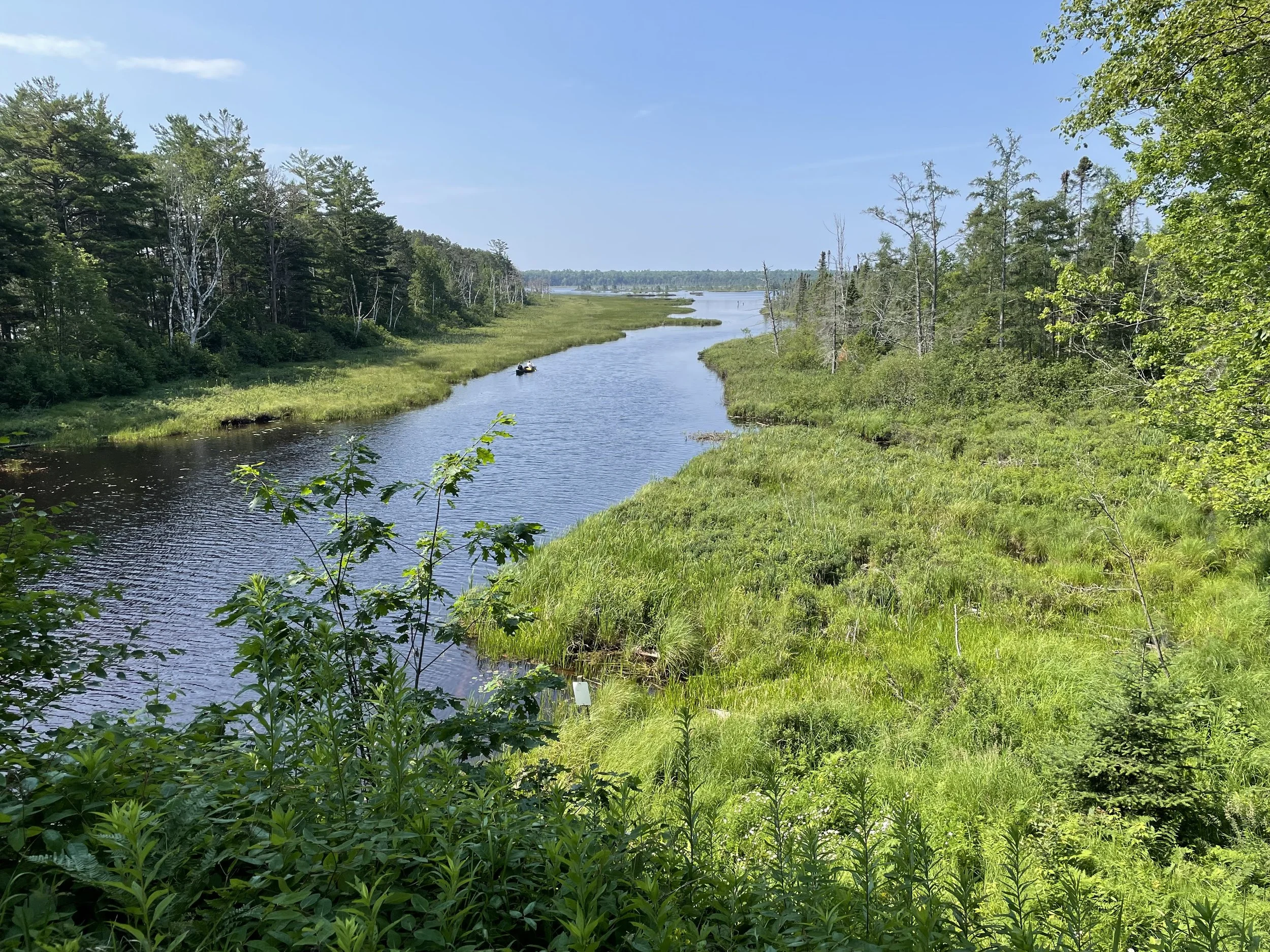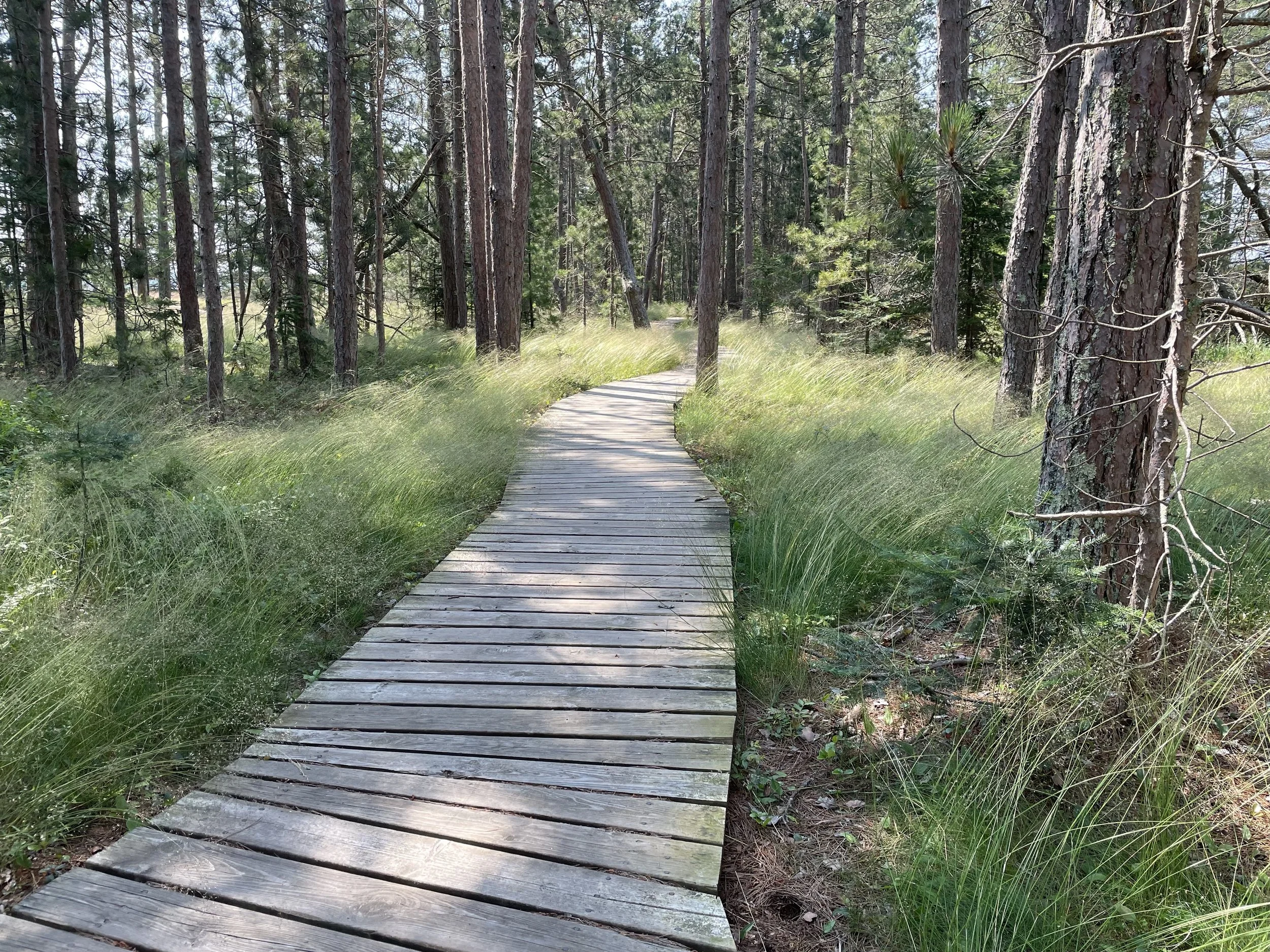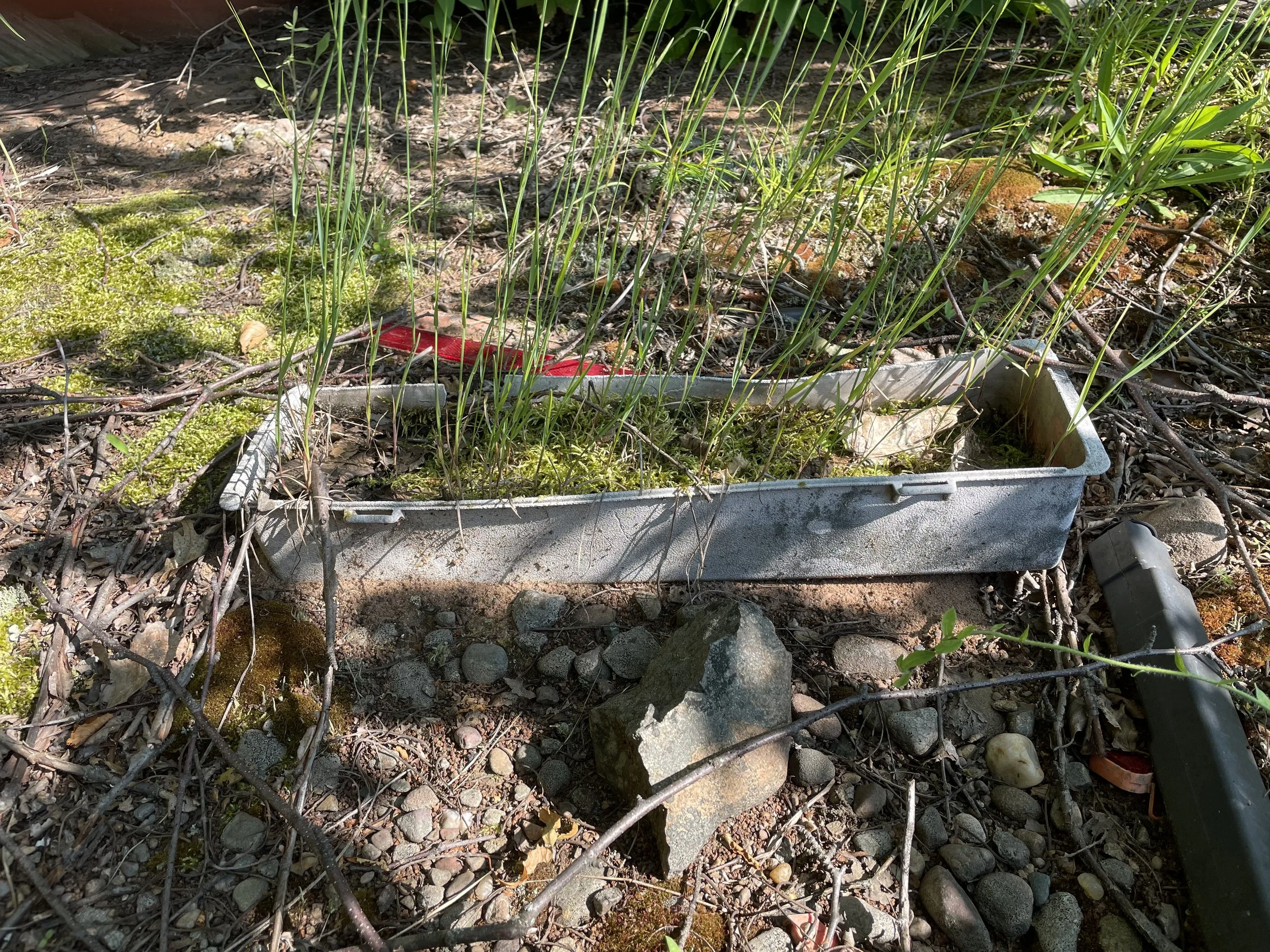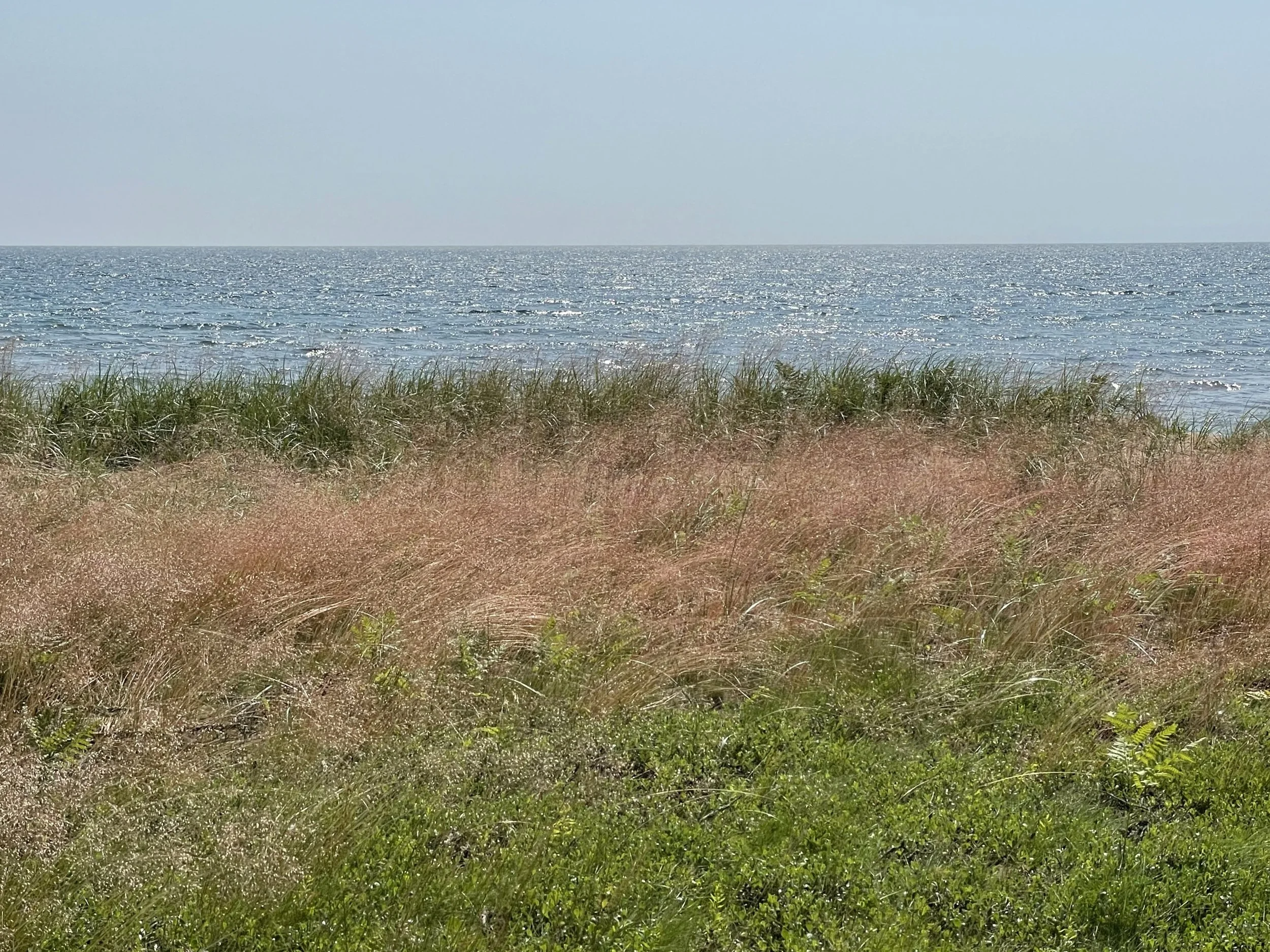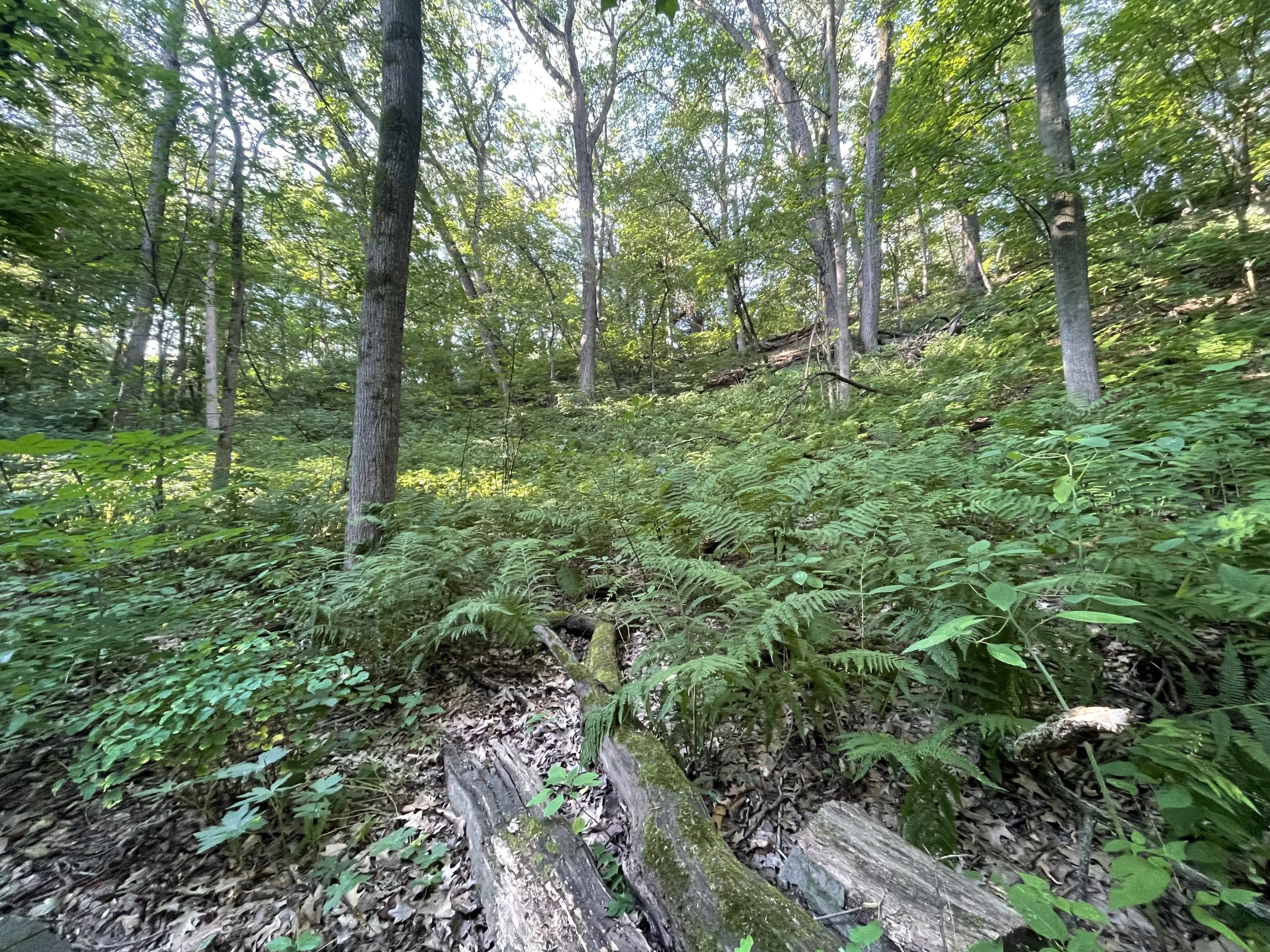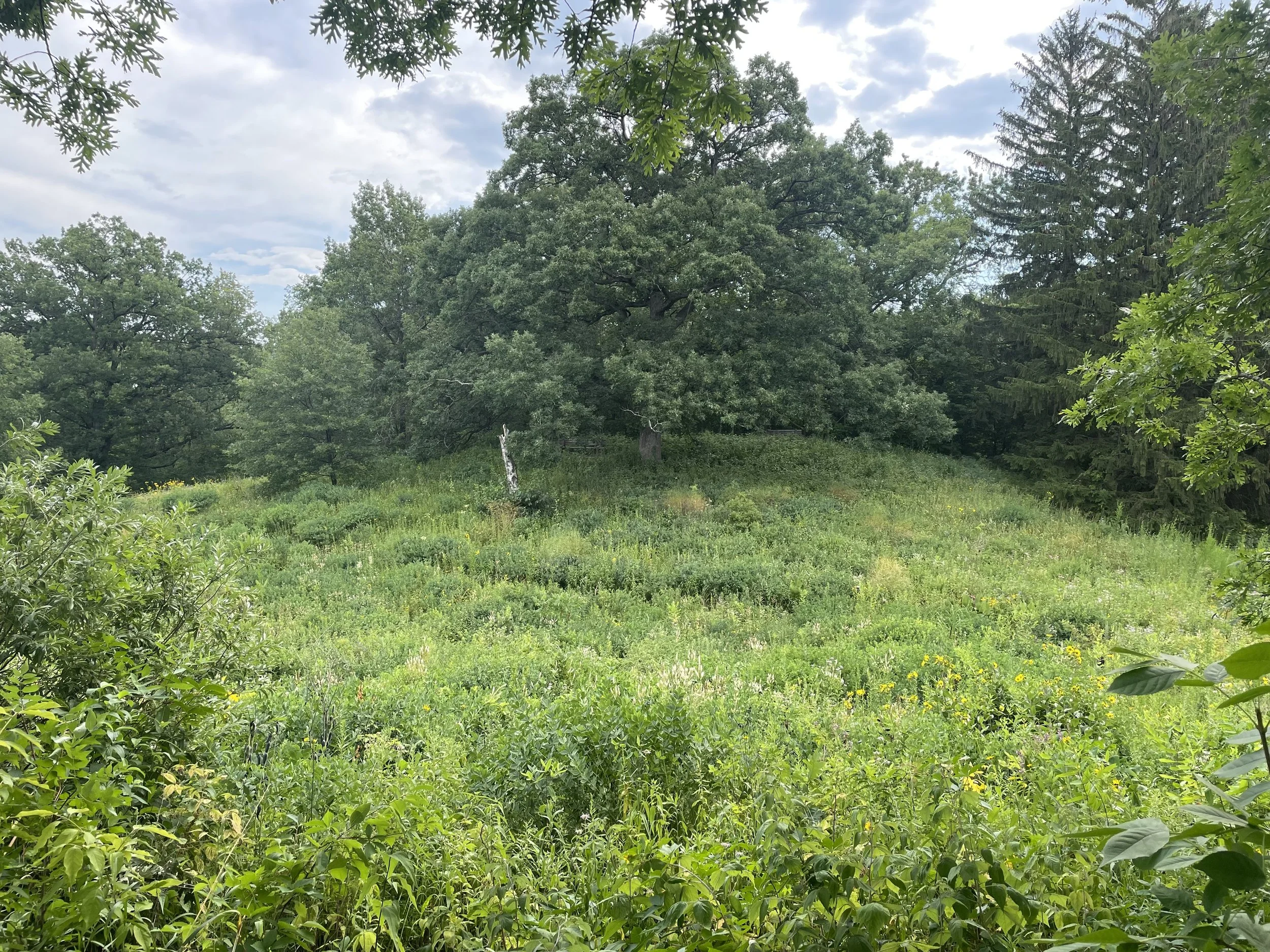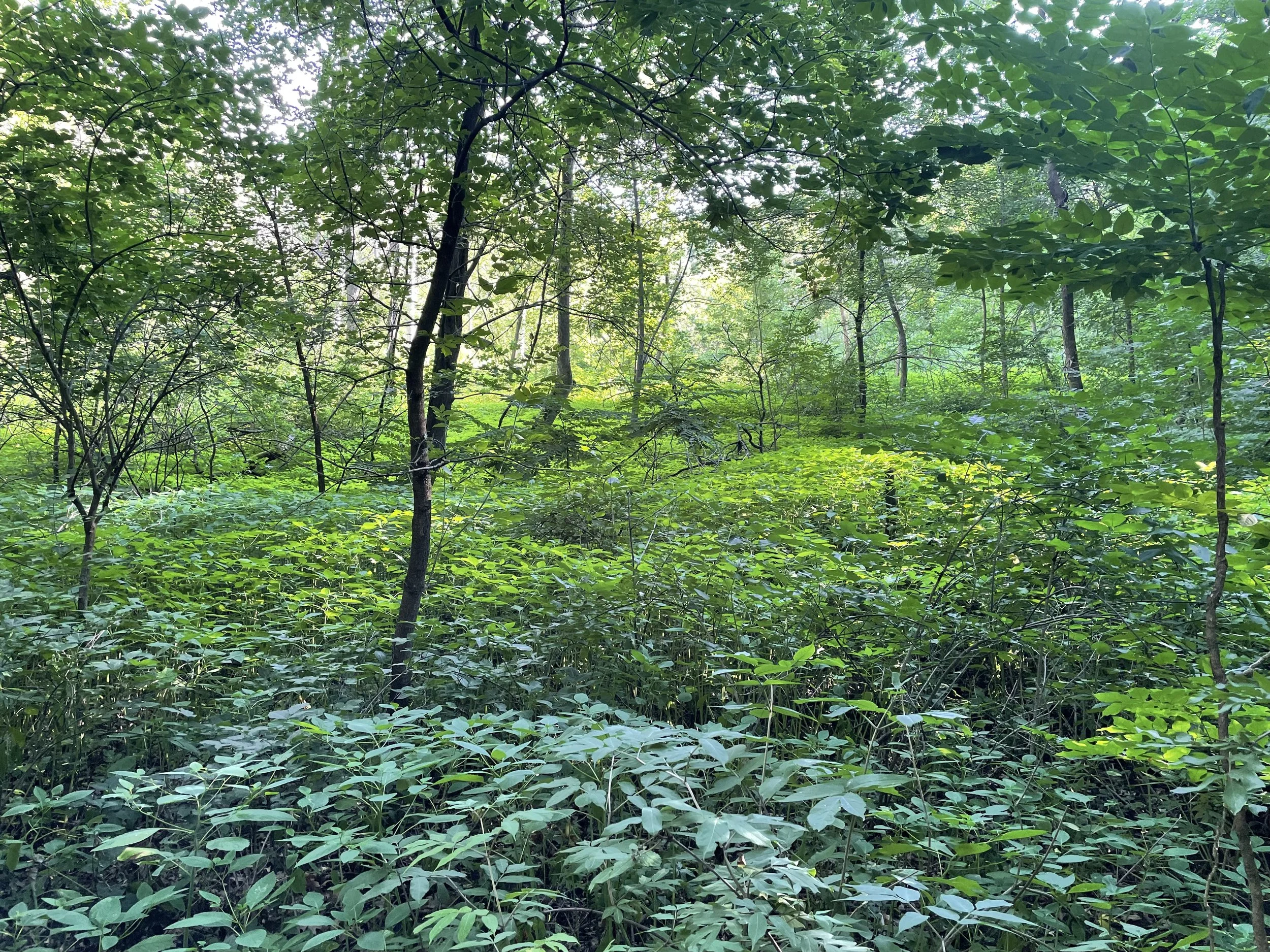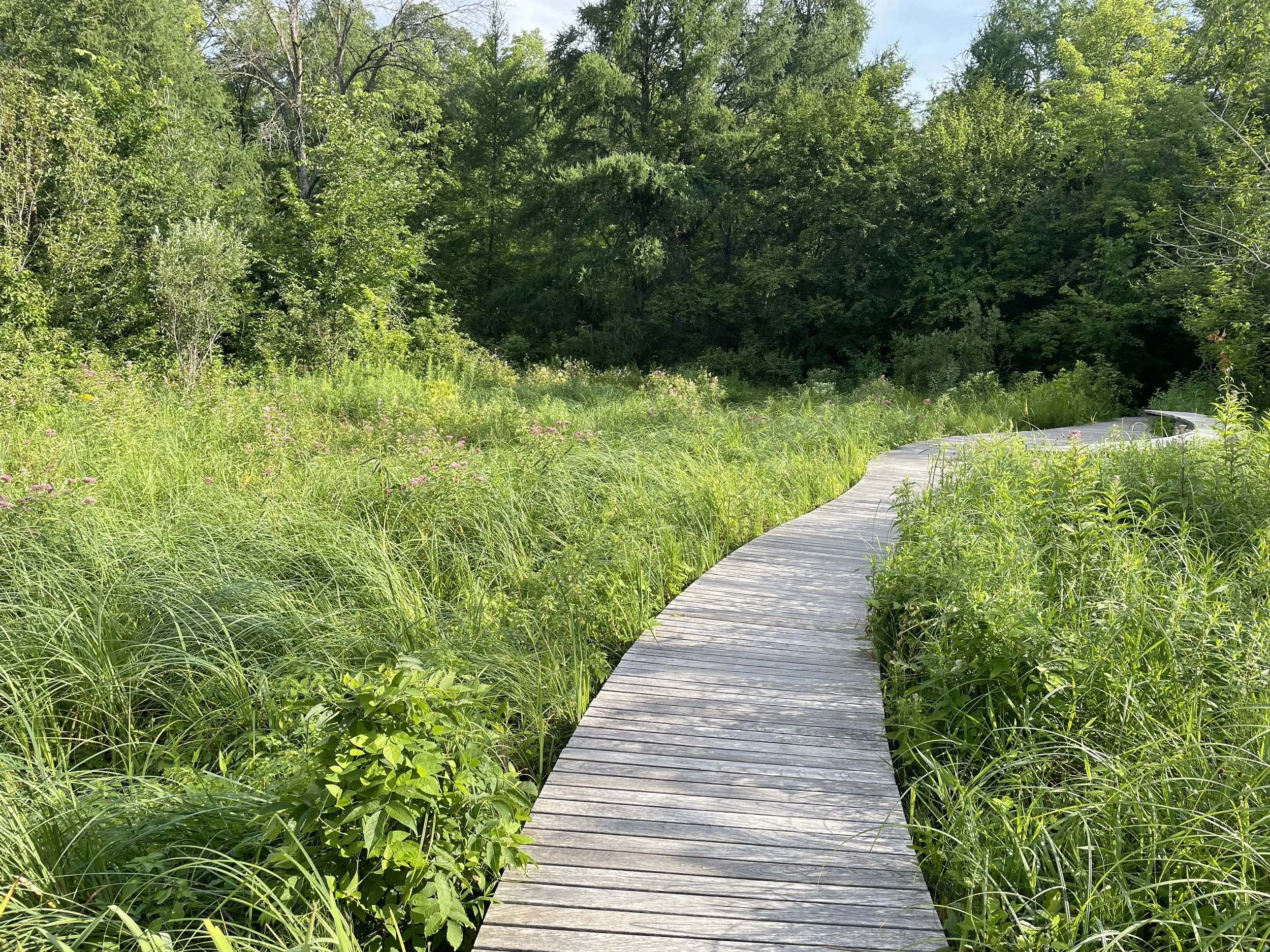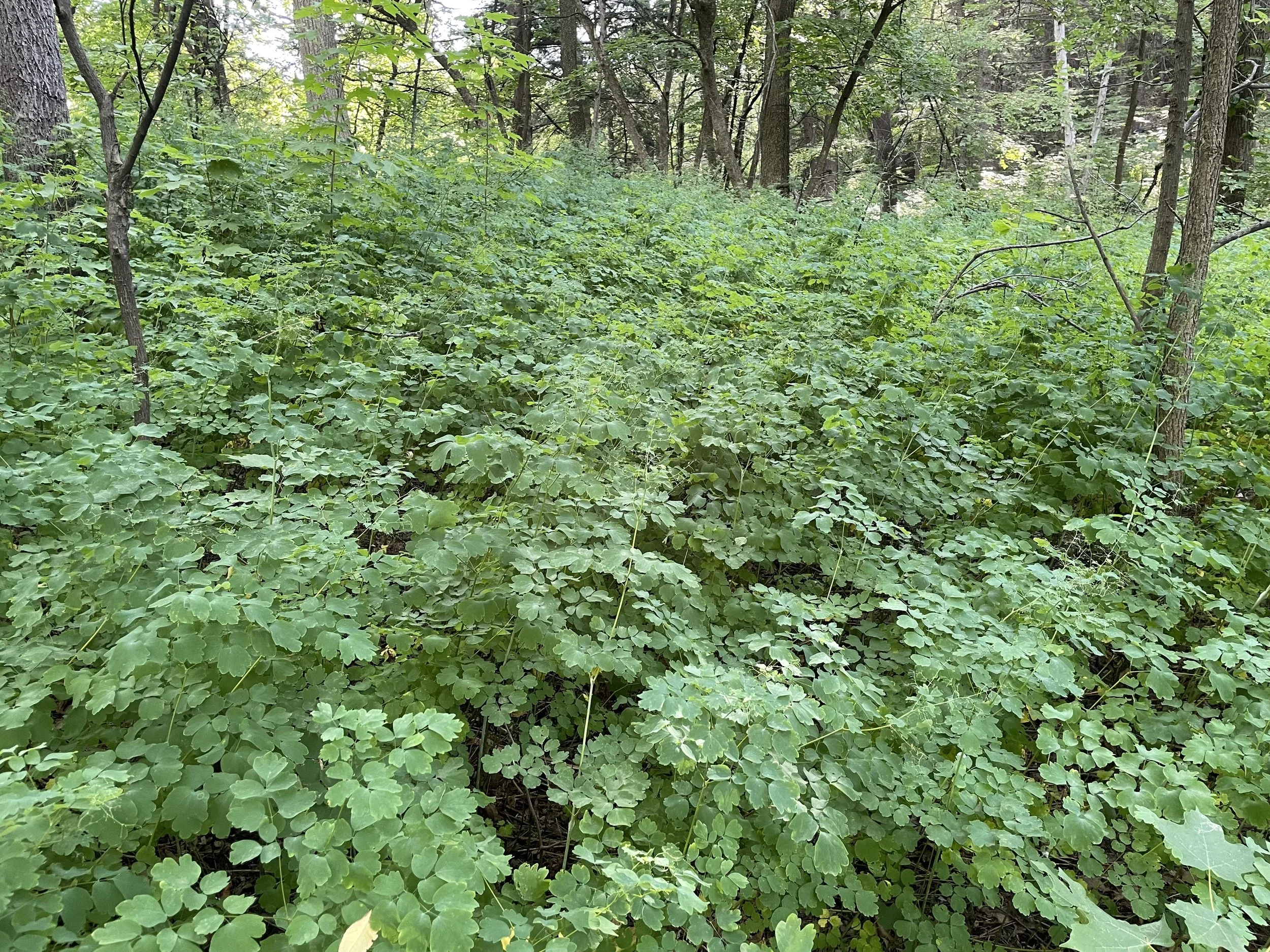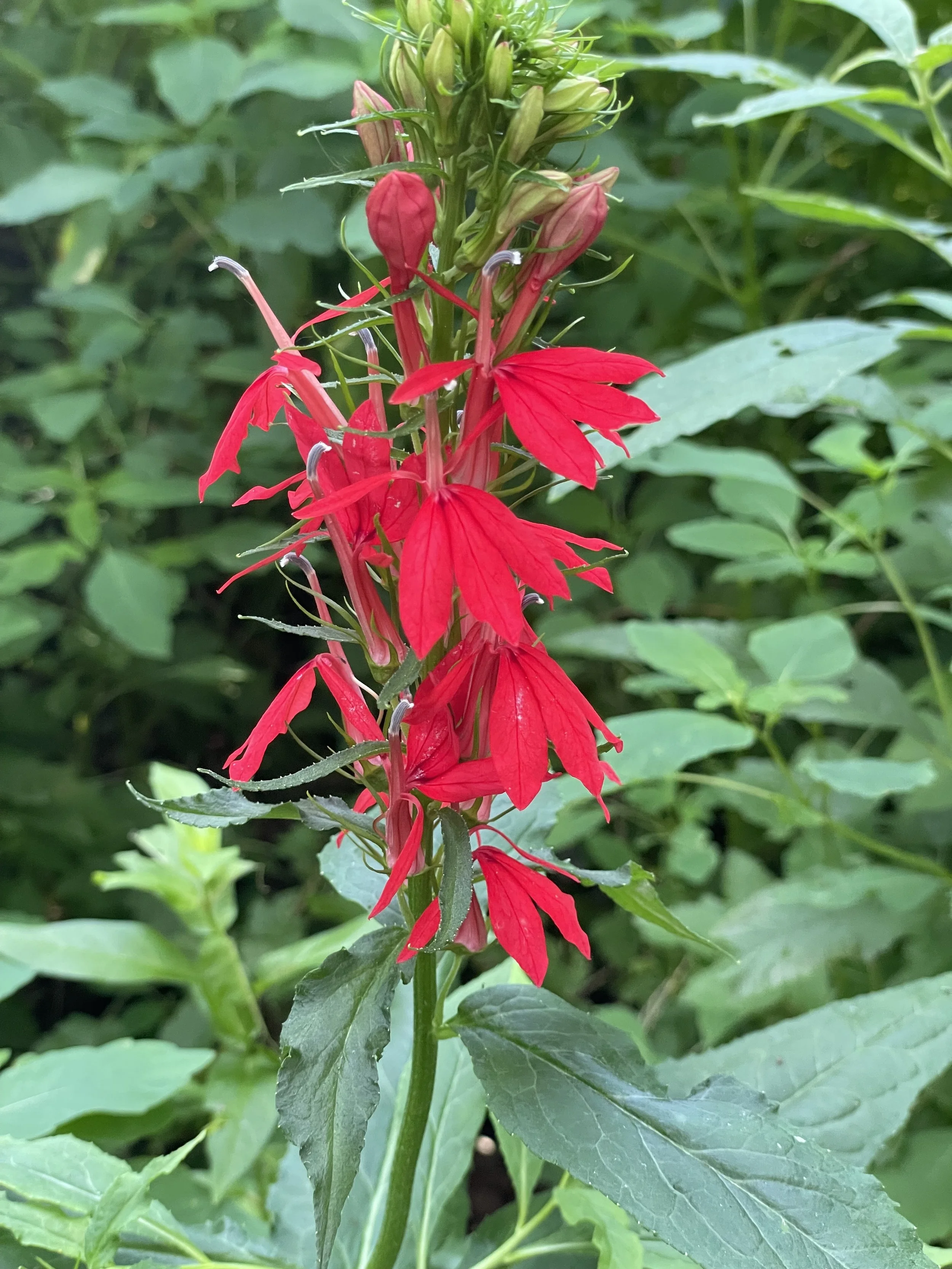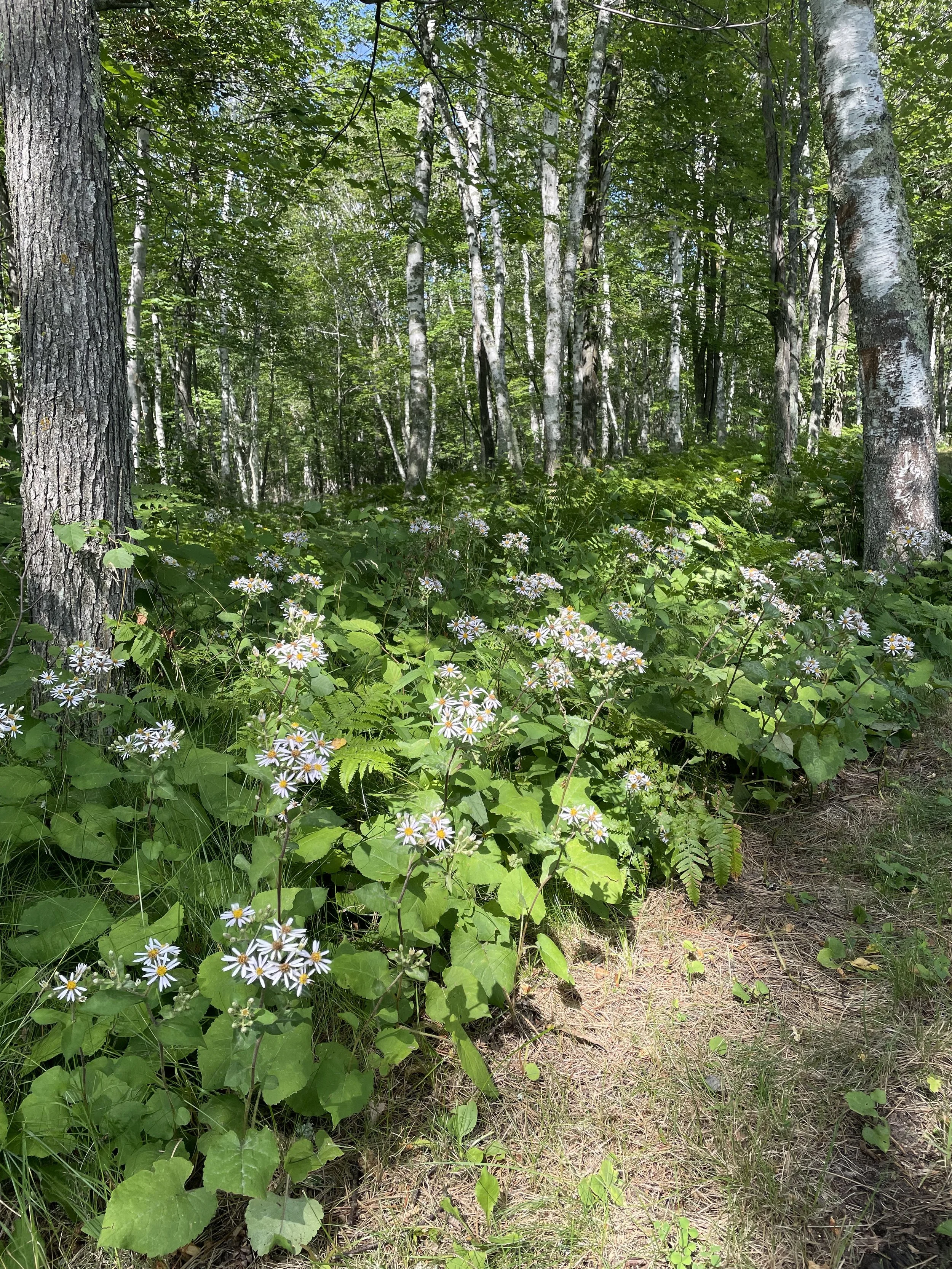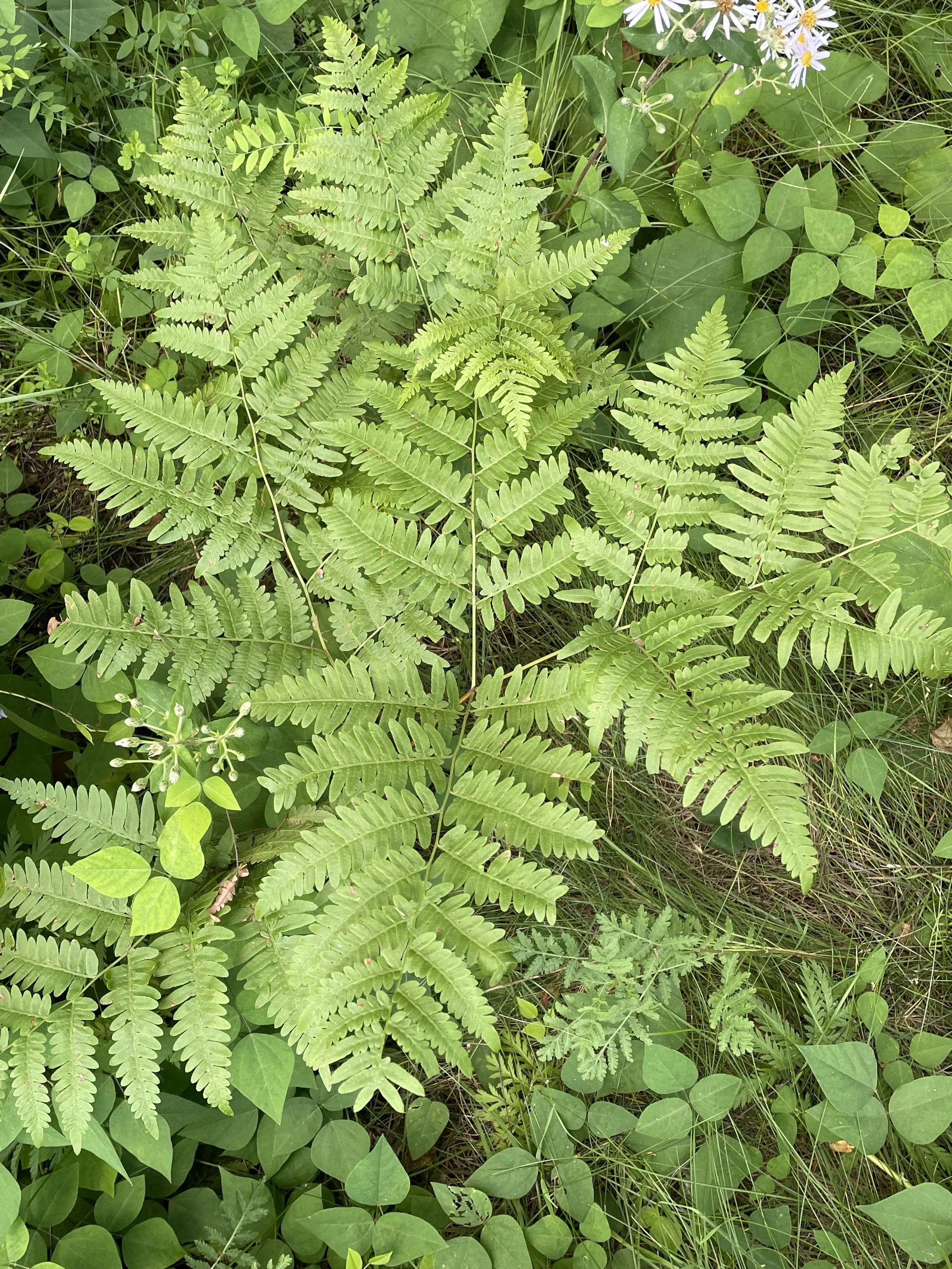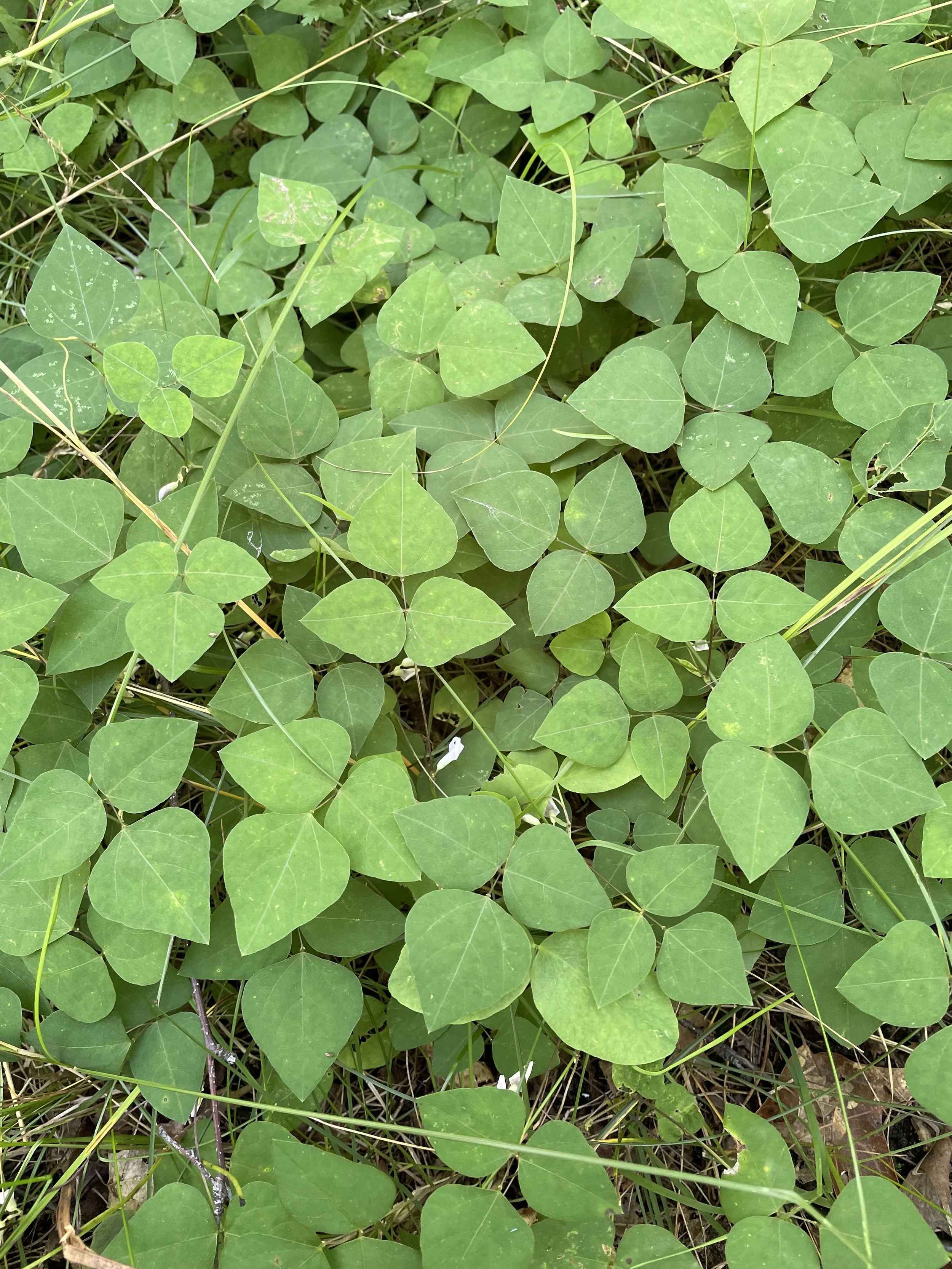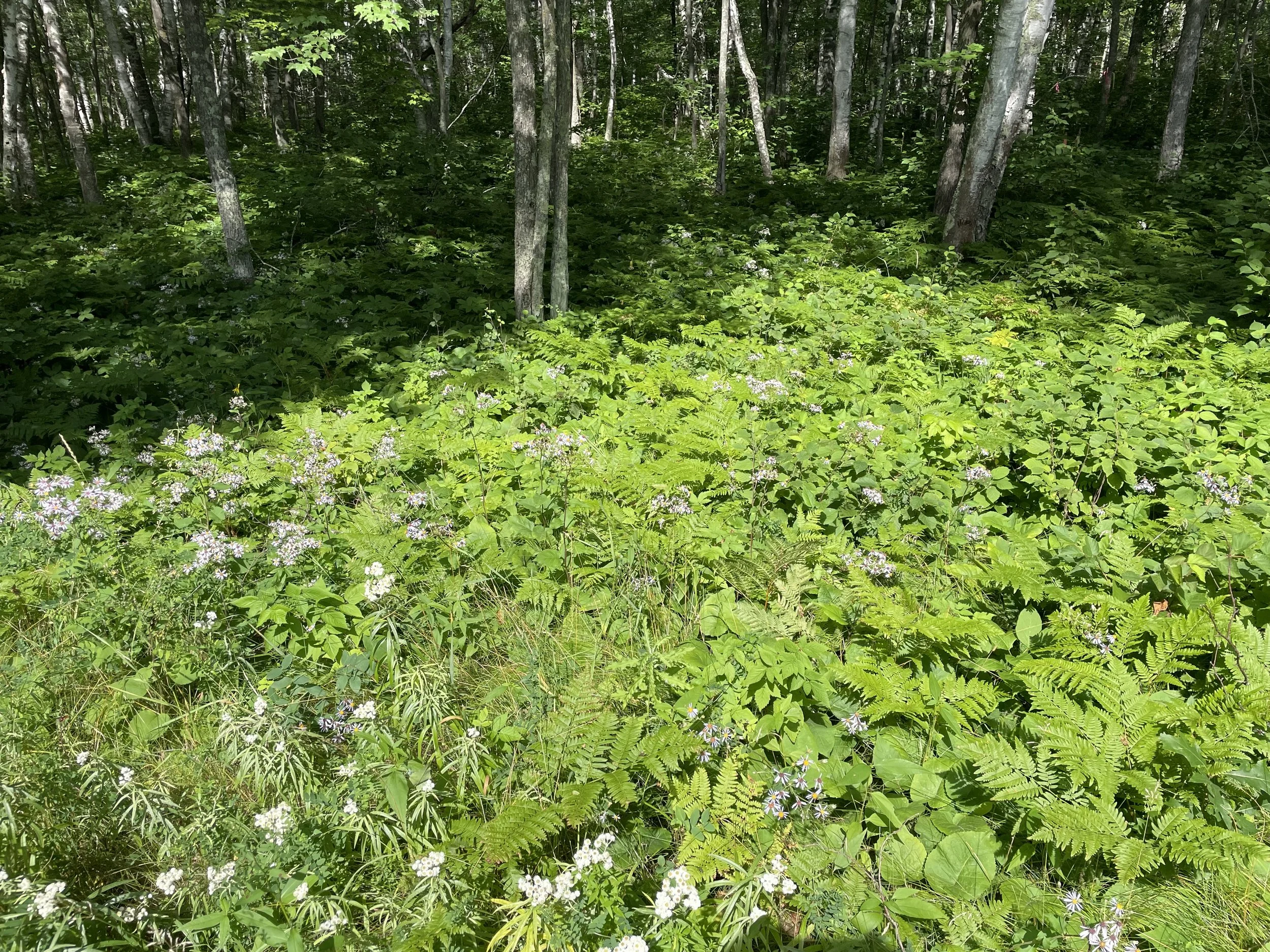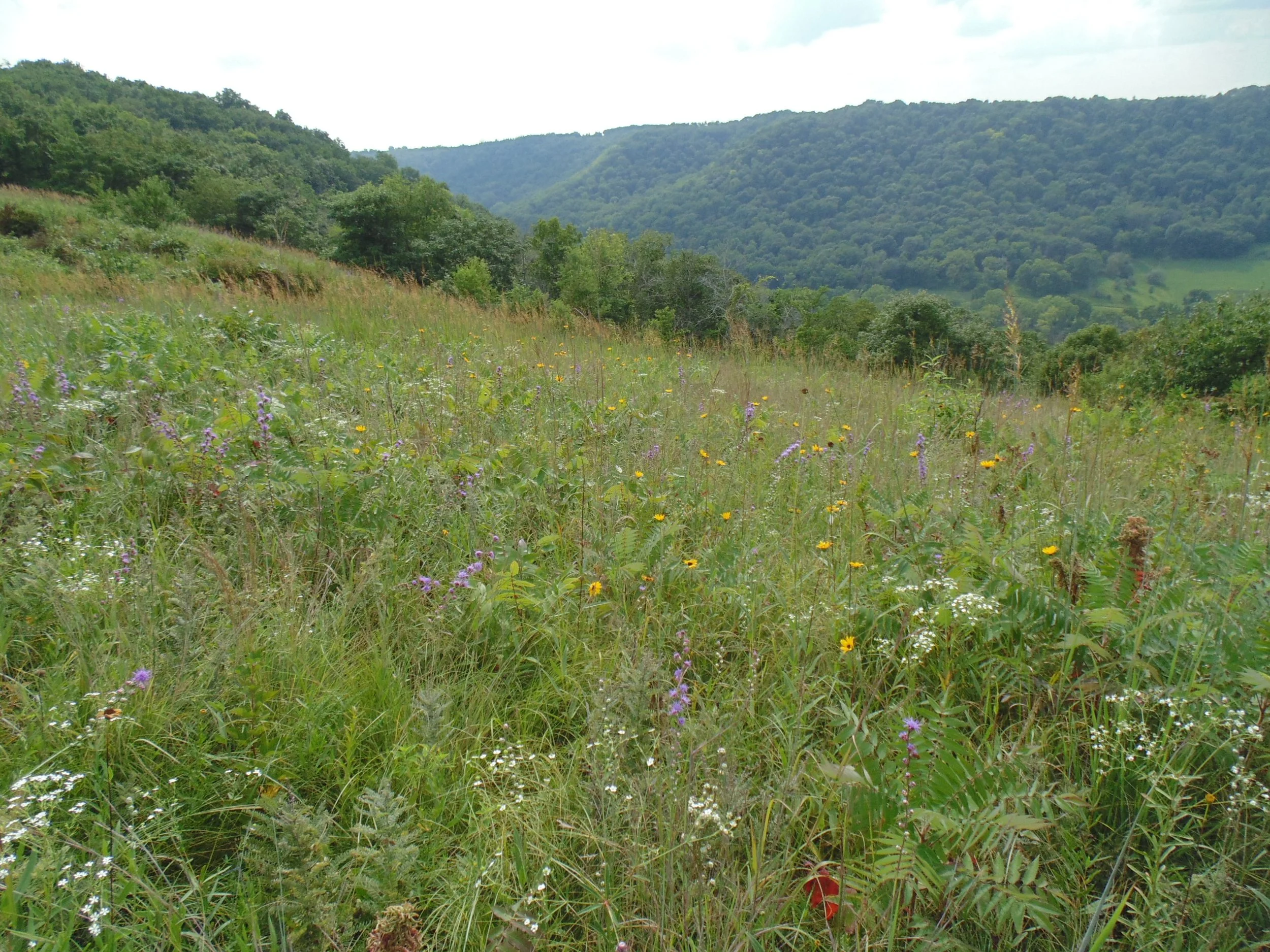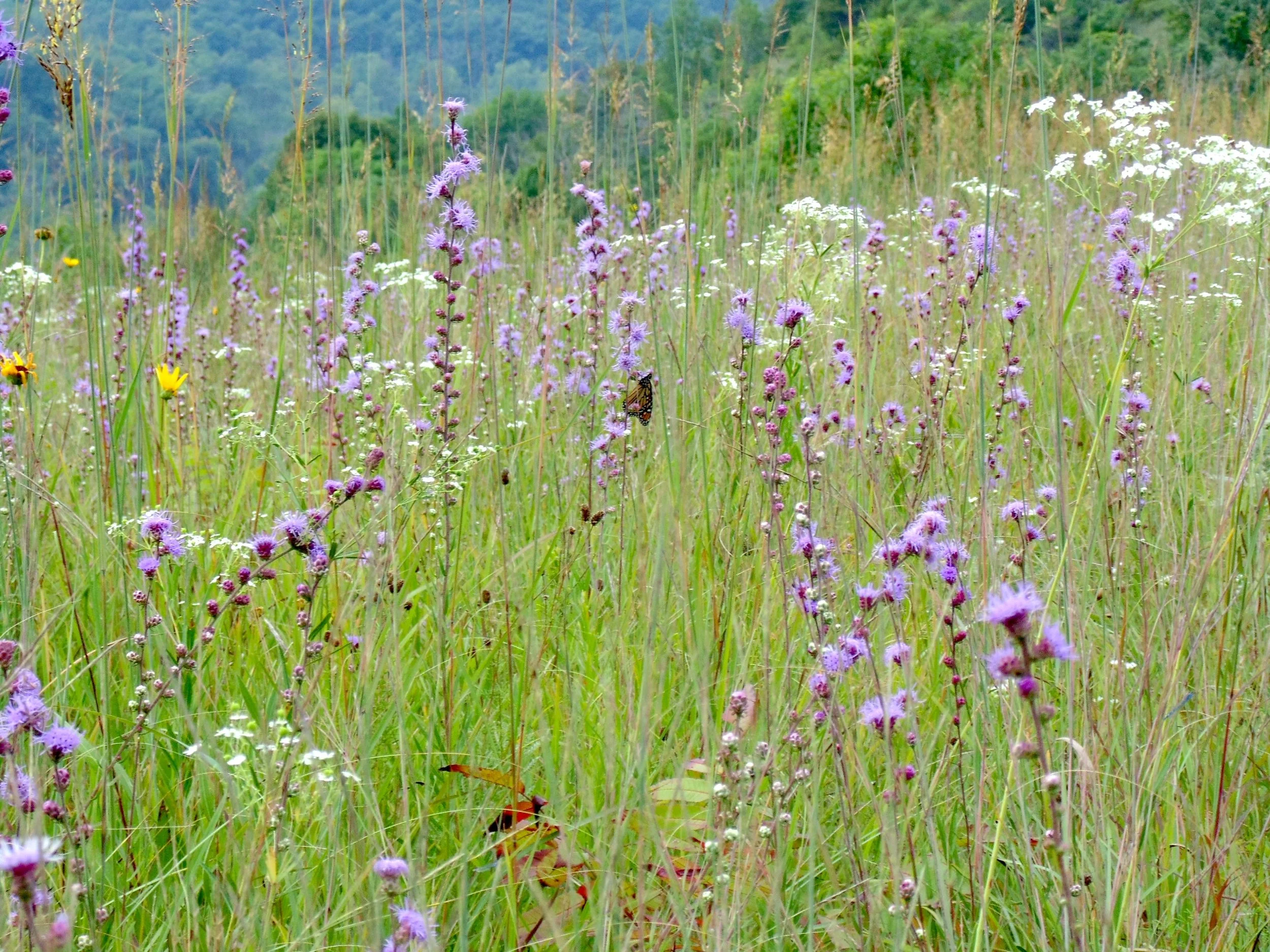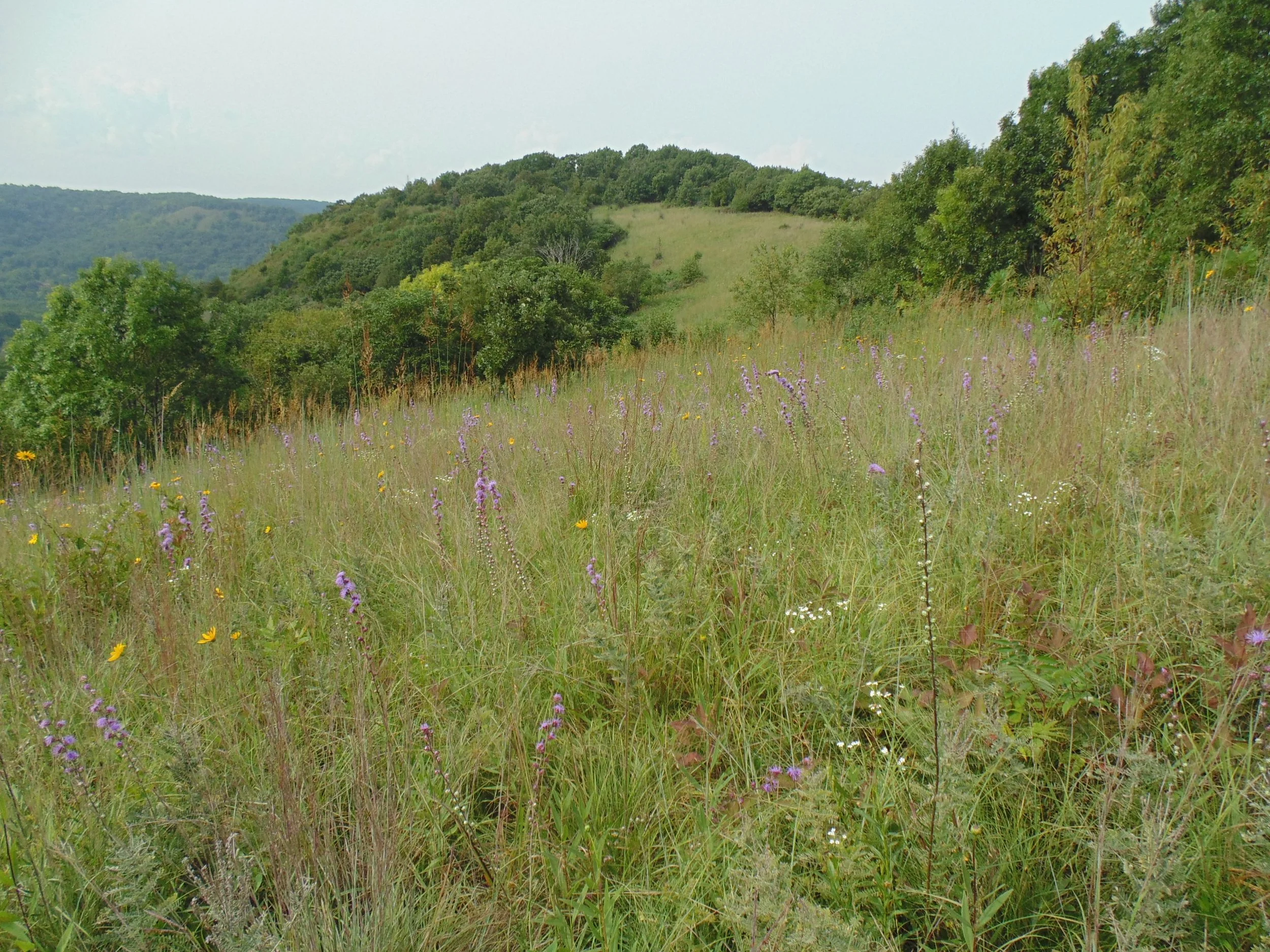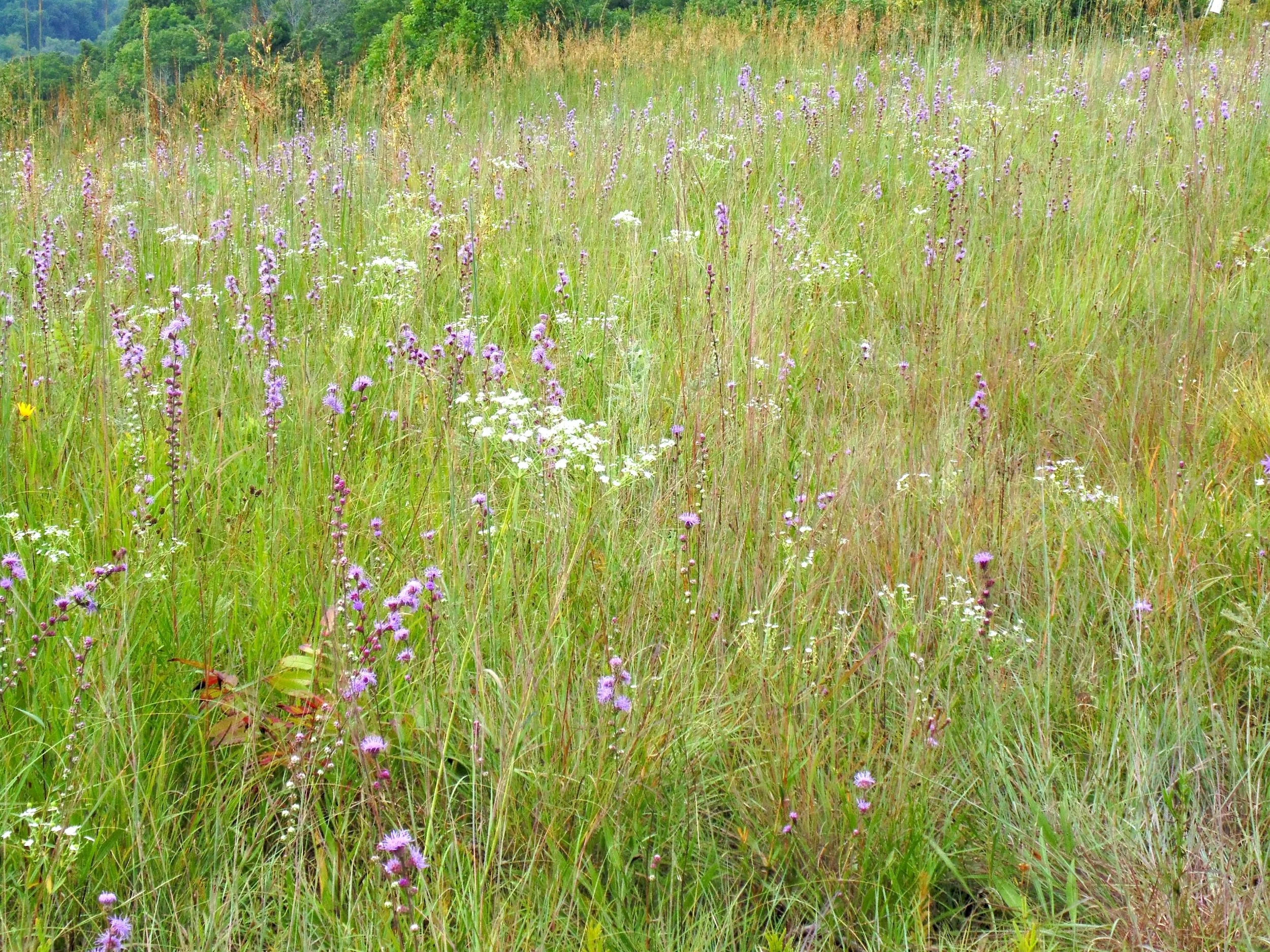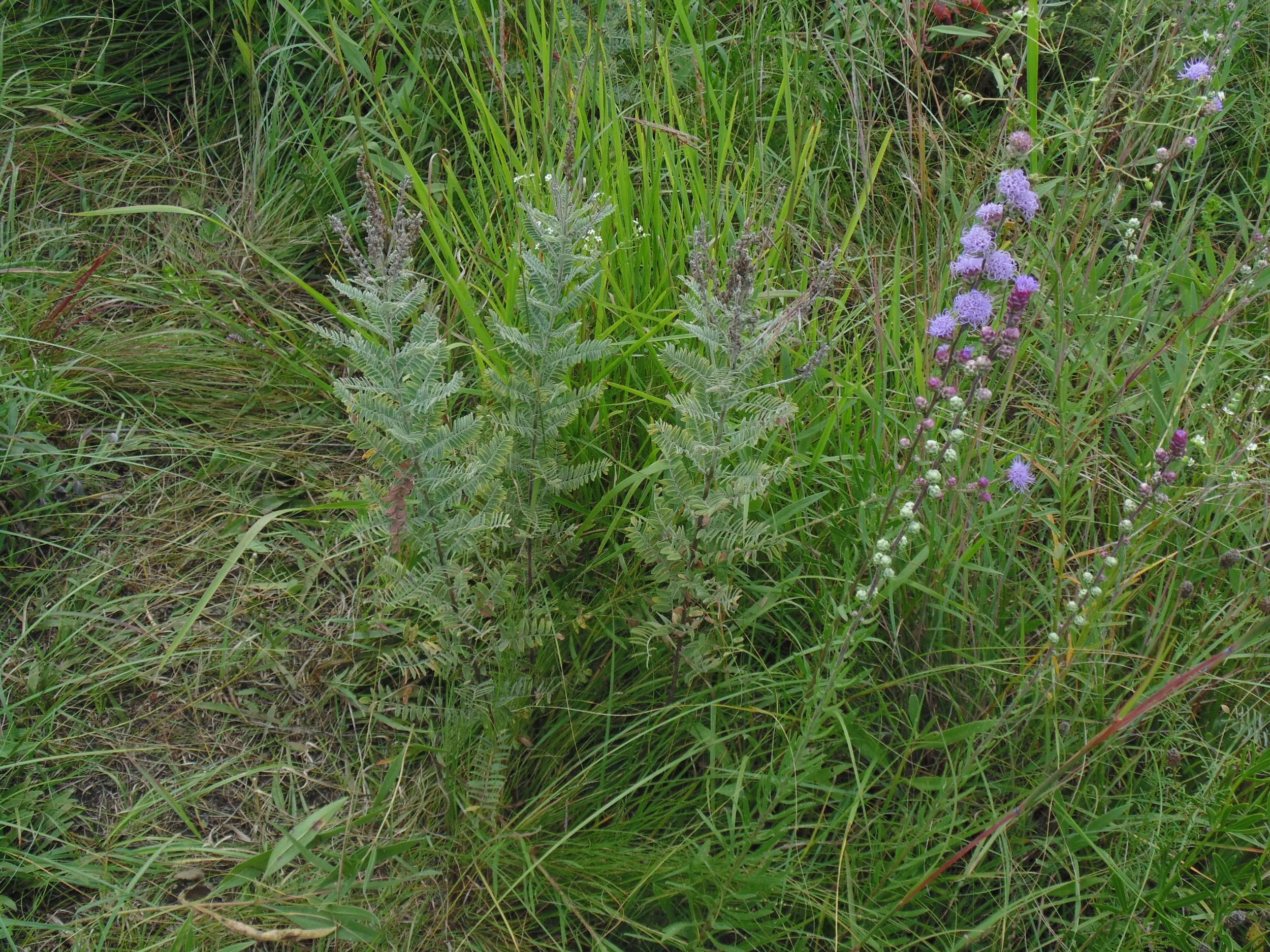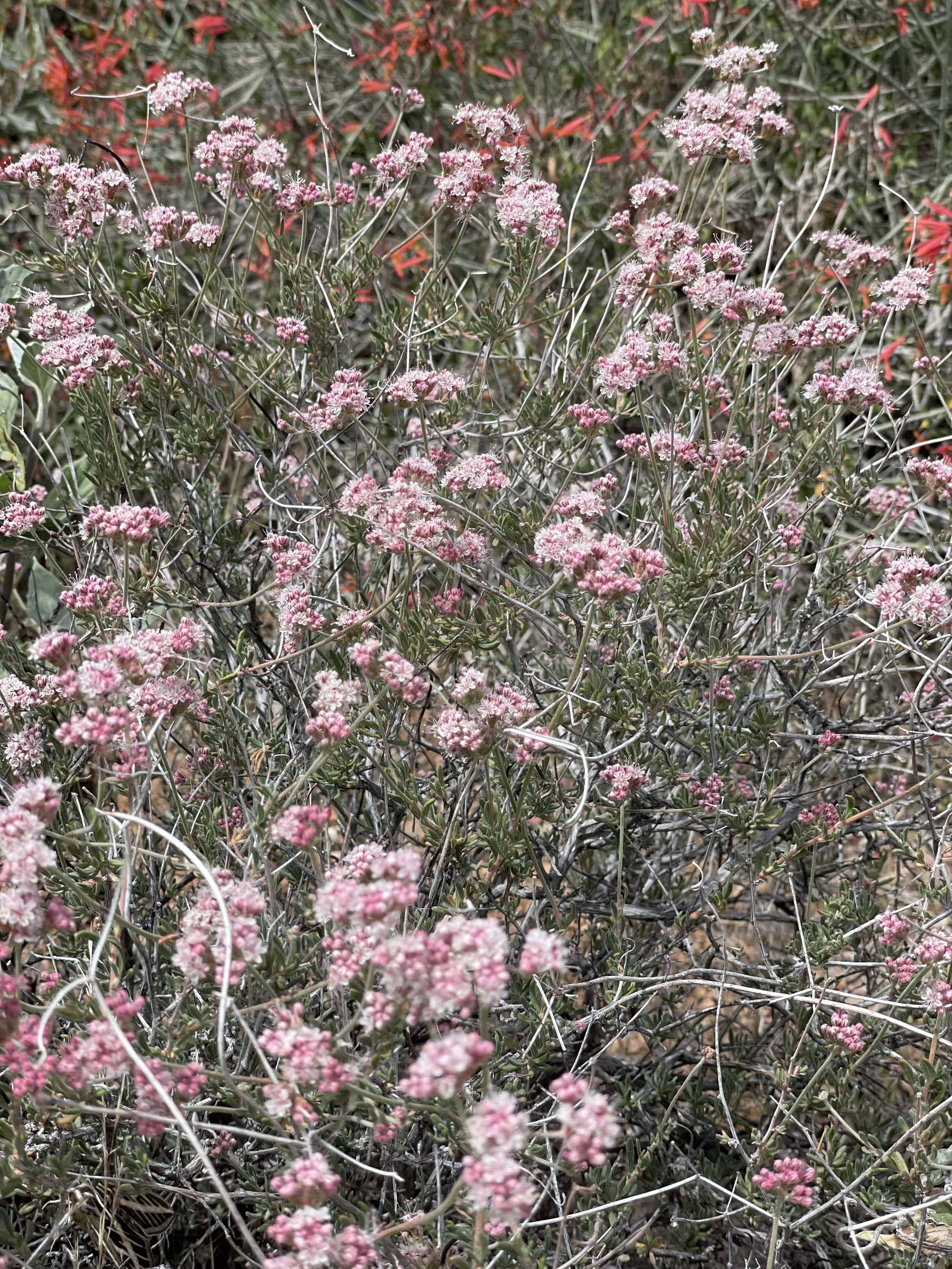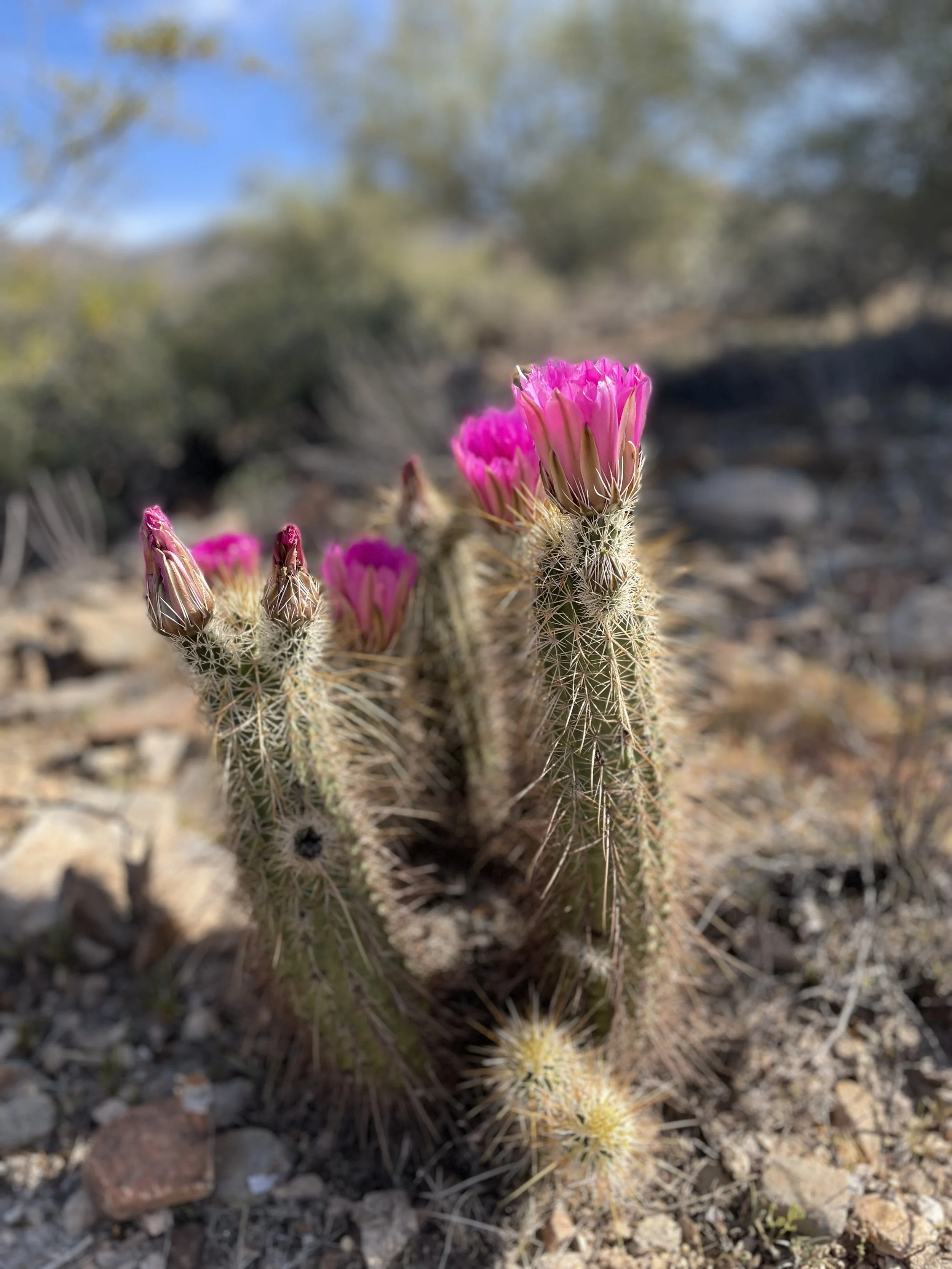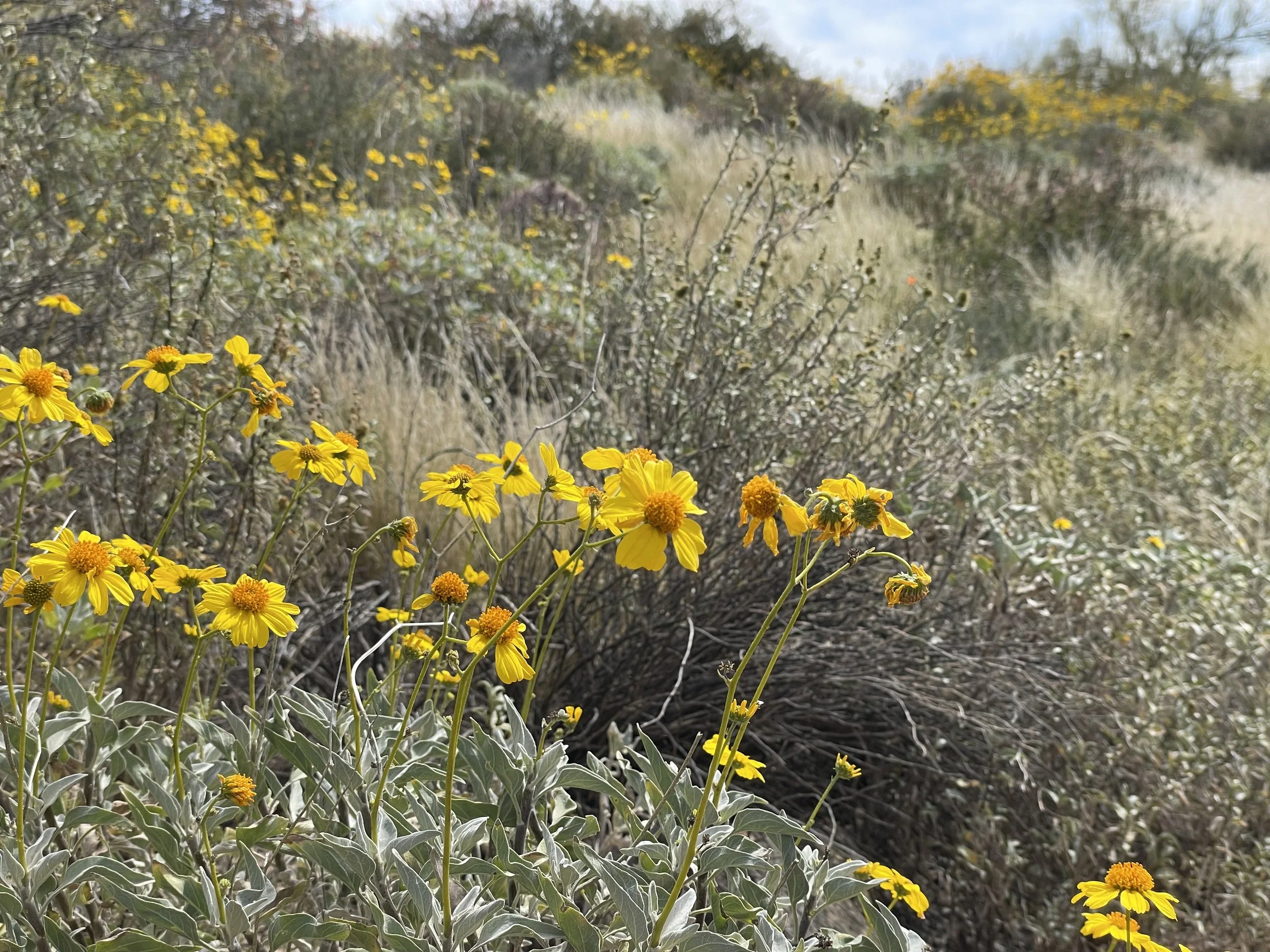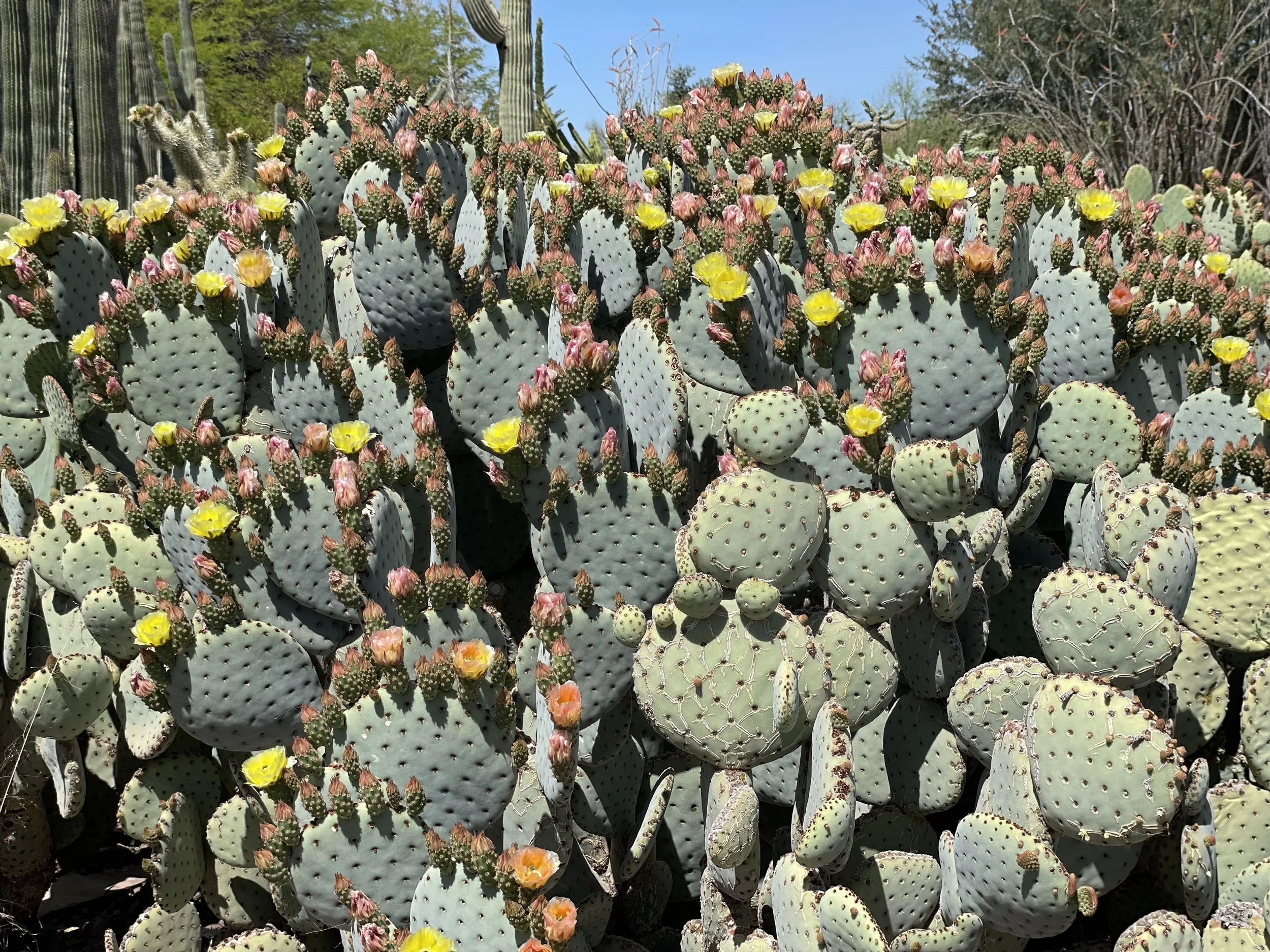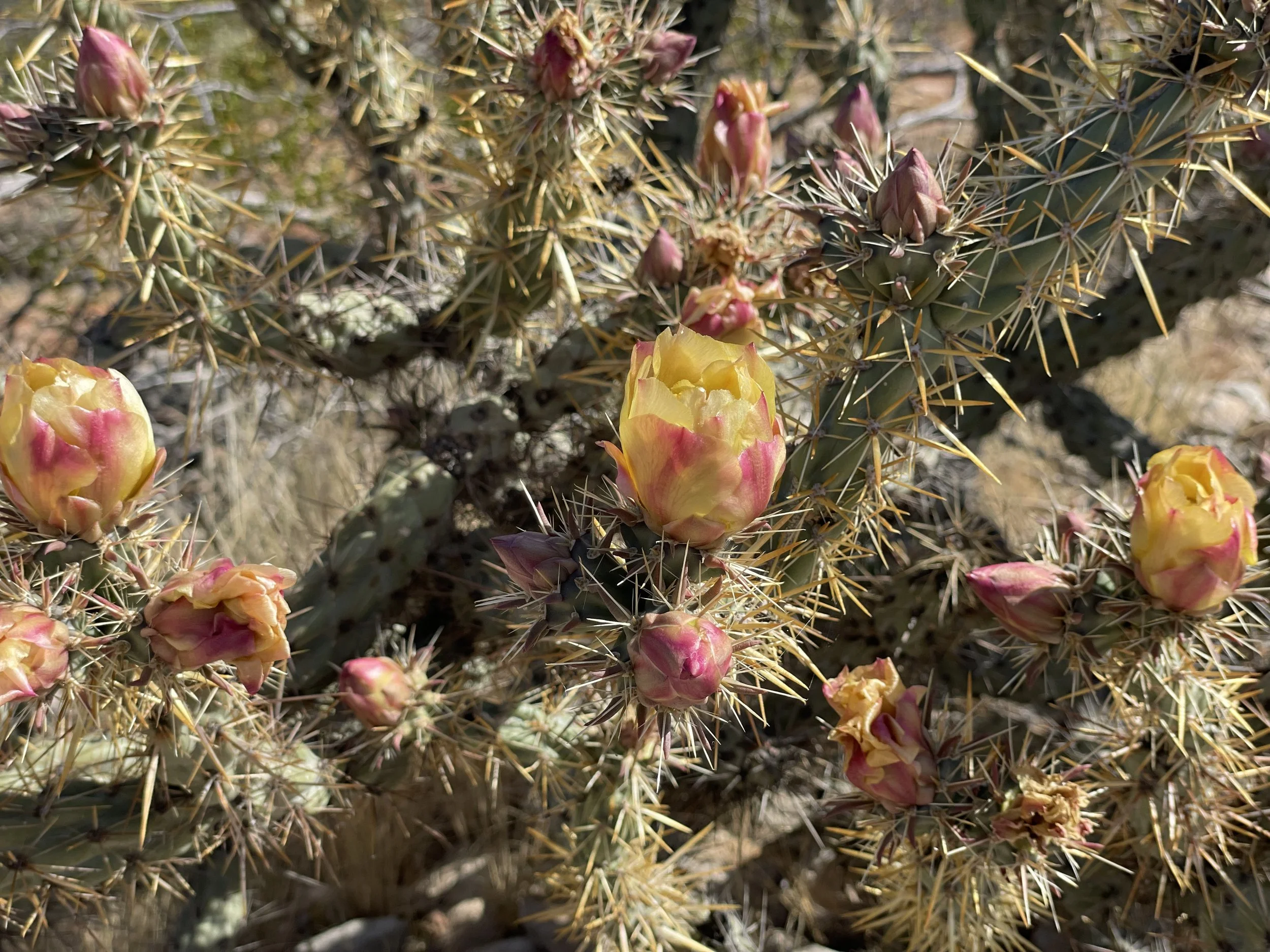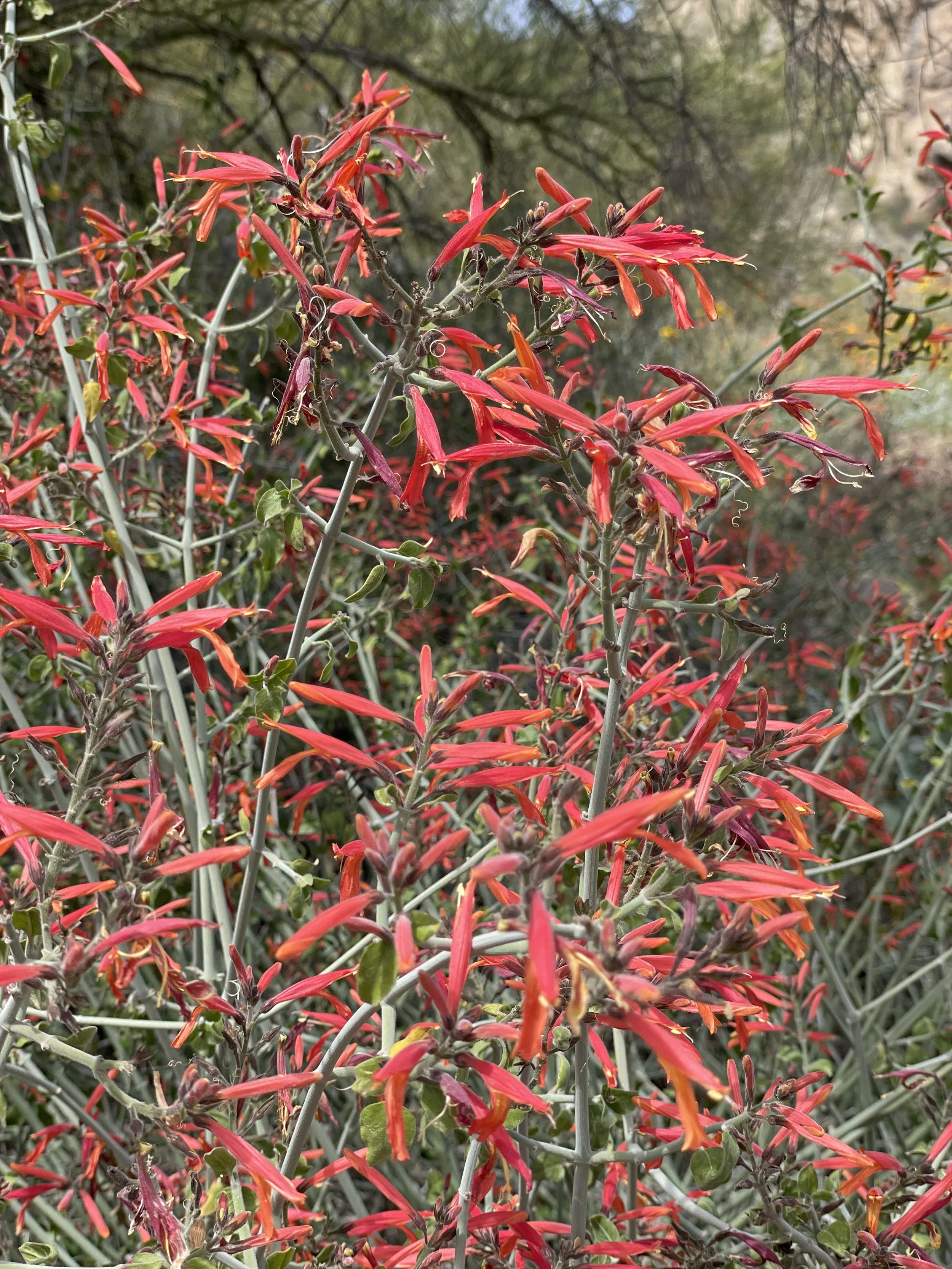Mayapple - Podophyllum peltatum
False Rue Anemone - Isopyrum biternatum
On this early May visit to Carley State Park near Plainview I was walking among the spring ephemeral wildflowers. I was struck by the almost alien look of the unfolding Mayapple leaves and the large colonies in which it was growing. Mayapple produce a single flower per plant which weren’t in bloom, at least not that I could see. The flowers are pollinated by bumblebees and other long-tongued bees.
Pennsylvania Sedge - Carex pennsylvanica
Carley State Park - Spring 2023
In early July of 2024 we ventured to northern Wisconsin for vacation and I was able to do some exploring at Big Bay State Park. Bordering Lake Superior it was my first exposure to a natural lake shore landscape since visit the Indiana Dunes State Park on the shores of Lake Michigan as a teenager. I loved seeing grasses combined with ferns and pines and was able to see native plants I had only previously known from reference material and pictures. We also spent a little time at the island gravel quarry and was reminded that there are plants suited to just about any situation from gravel piles to long abandoned log cabins and abandoned galvanized metal troughs.
BIG BAY STATE PARK - MADELINE ISLAND, WISCONSIN
The Eloise Butler Wildflower Garden in Minneapolis is the oldest public wildflower garden in the United States. It is truly an oasis in the middle of the urban jungle. In the upland hardwood ecosystem I was struck by the ground layer dense with wildflowers. In fact all through the garden native plants form dense layers making it difficult for weed seeds to find enough light, water, and root space to get a foothold. That being said I’m curious what management resources are brought to bear in order fight off invasive and unwanted species. We are very fortunate to have such a beautiful resource in SE Minnesota.
ELOISE BUTLER WILDFLOWER GARDEN - Minneapolis, MN
NORTHWOODS, MN
This edge habitat in Northern Minnesota features some classic plants of the Northwoods. Big Leaf Aster is mixed with Lady Fern and Hog Peanut (left) with Paper Birch providing the canopy and backdrop. You can see the ground layer plants are thriving in the part sun-part shade of the edge between the shadier woods and more open garden to which it is adjacent. Hog Peanut is an annual vine which is a larval host for the Silverspotted Skipper and Northern Cloudywing Butterflies.
I fell in love with this plant combination from Greene Prairie (above and left). Prairie Dropseed, Rattlesnake Master, Leadplant and Prairie Dock seem to coexist harmoniously in the soil, sun and moisture conditions of this part of the prairie. The bold, coarse leaves of Prairie Dock contrast well with the fine textured blades of the Prairie Dropseed. The bluish green foliage of Leadplant pops up occasionally (above) and the spherical flower heads of Rattlesnake Master (left) seem to float above the masses of green foliage.
In 2024 I grew some Prairie Dock from seed and added a number to the back garden. This should add some height variation with the tall flower heads and good contrast to the existing Prairie Dropseed structure in the back garden. We’ll see how it works out!
The upper left photo is looking over Curtis Prairie from the Visitor Center and the surrounding native plant gardens. This visit to Madison was part of a NDAL field trip which included Larry Weaner and Darrell Morrison. Two leaders in ecological landscape design.
New Directions in the American Landscape link: https://www.ndal.org/
GREENE PRAIRIE at the University of Wisconsin - Madison Arboretum
Great River Bluffs State Park
This restored goat prairie overlooking the Mississippi River is flush with Blazingstar, and Flowering Spurge rising above Little Bluestem Grass in late summer. The plants here thrive on the thin, well drained soil of the steep slopes. Other plants enjoying the location are Leadplant and Ninebark.
McDowell - Sonoran Reserve Arizona
I don’t think many of us “midwesterners” realize how beautiful a desert can be. Only stress tolerating plants can survive in a landscape of limited resources. Very little water, and oppressive heat which readily evaporates the little water which is available, coupled with rocky soils in which water drains quickly into the soil profile make for wickedly difficult conditions with which to carry out expansive growth and reproduction let alone the creation of showy flowers with which to attract pollinators. Yet desert plants still provide a visual show. Above ground water storage organs which are well protected from predators with spines and thorns, and sun reflective colors are just a couple of the ways plants have adapted to this environment. Despite the conditions, beautiful plants emerge and flower. However, I think more subtle beauty of the desert comes in the forms and textures created by plant defense mechanisms as well as in the knowledge of their functions. Pictured below are (upper left & clockwise) Eastern Mojave Buckwheat, Brittlebush, Buckhorn Cholla, Chuparosa, Pricklypear, and Strawberry Hedgehog Cacti.
